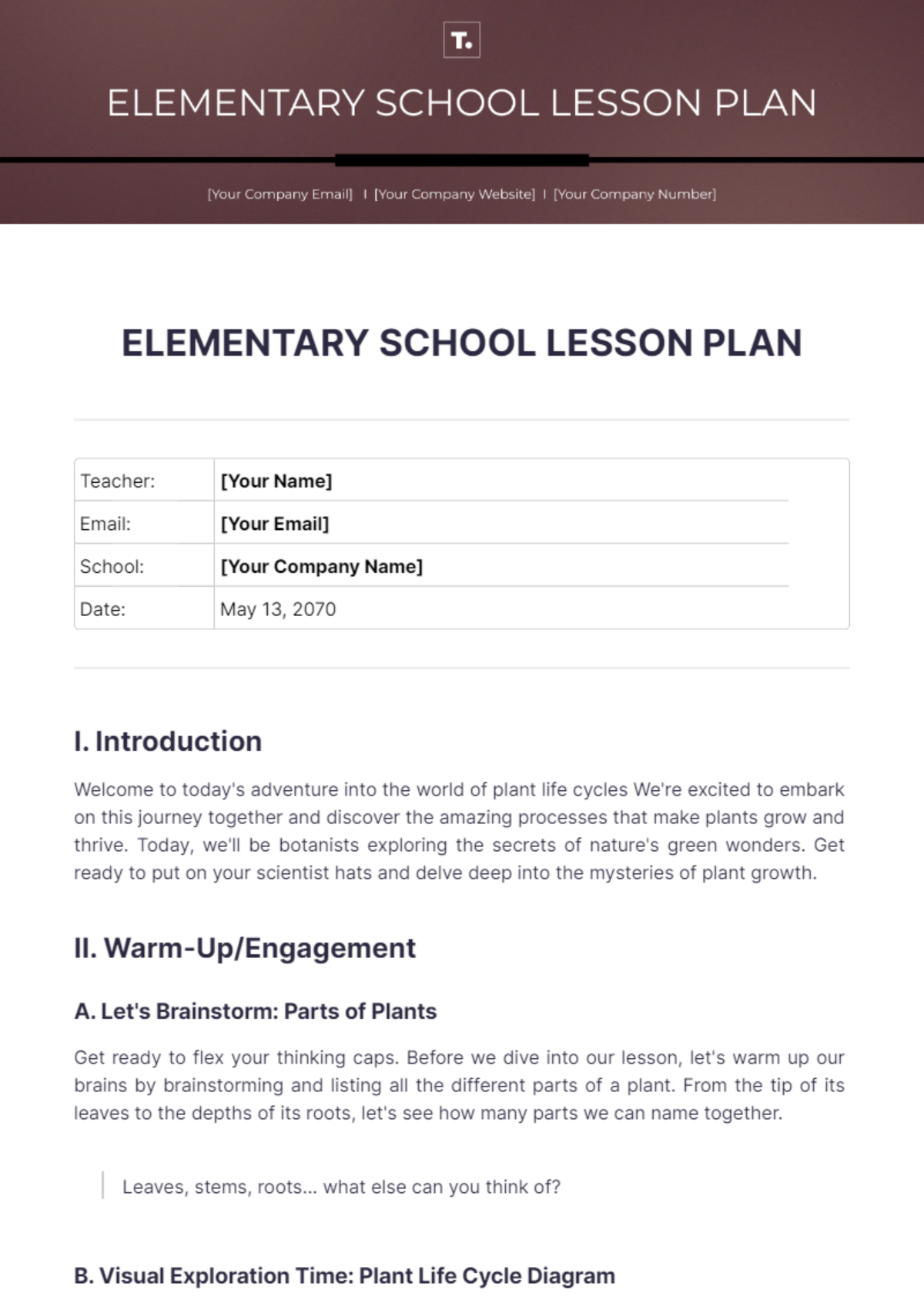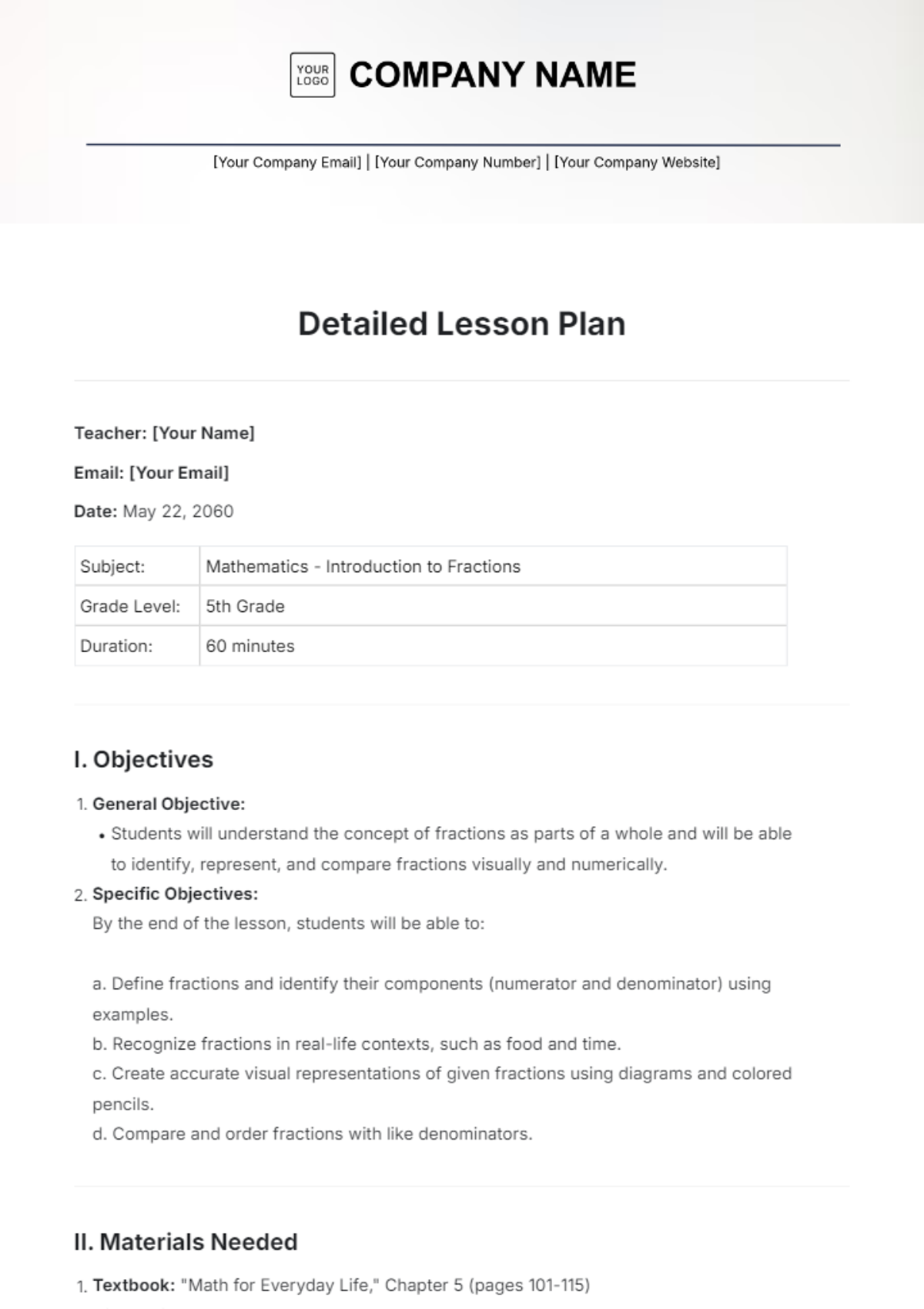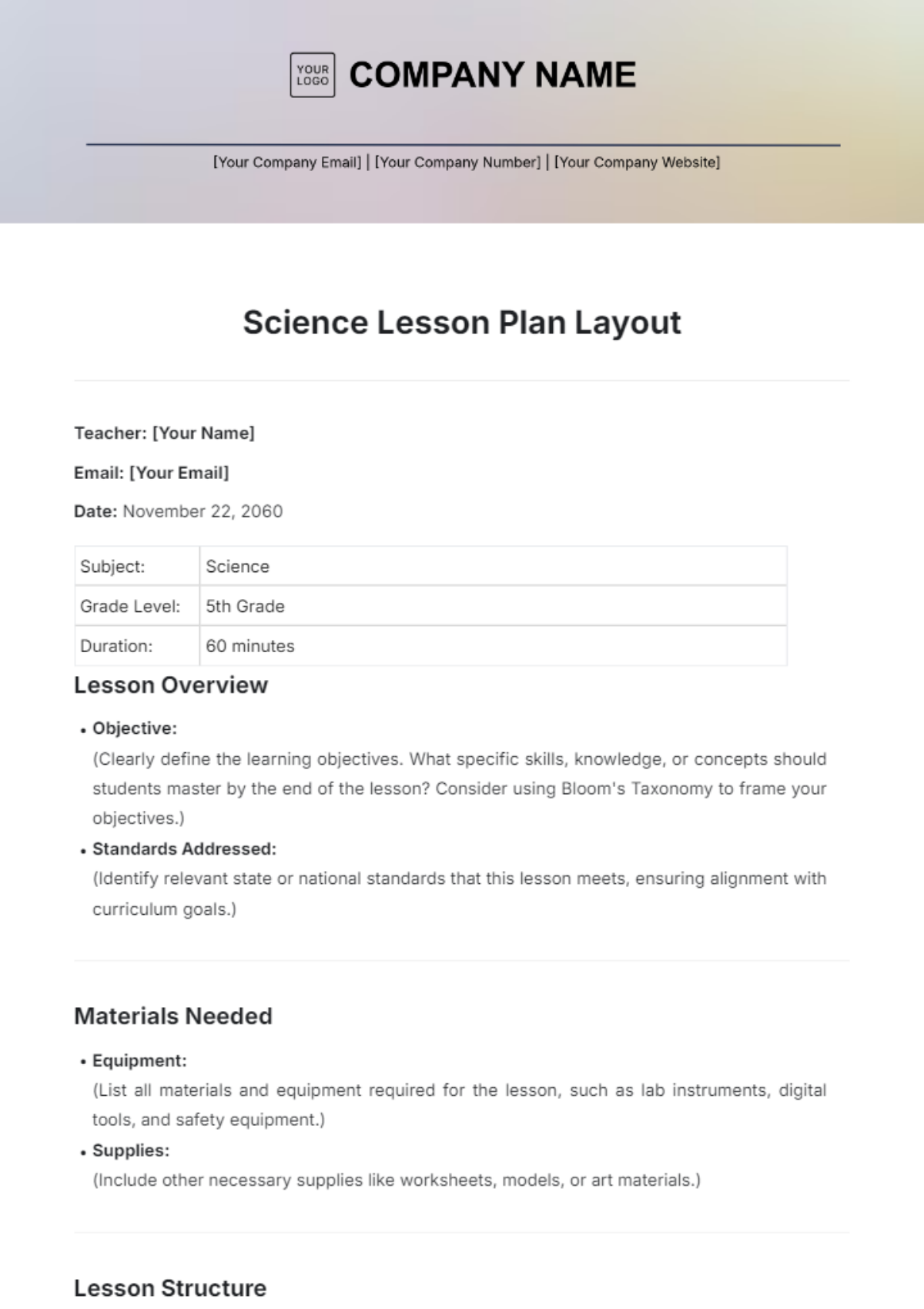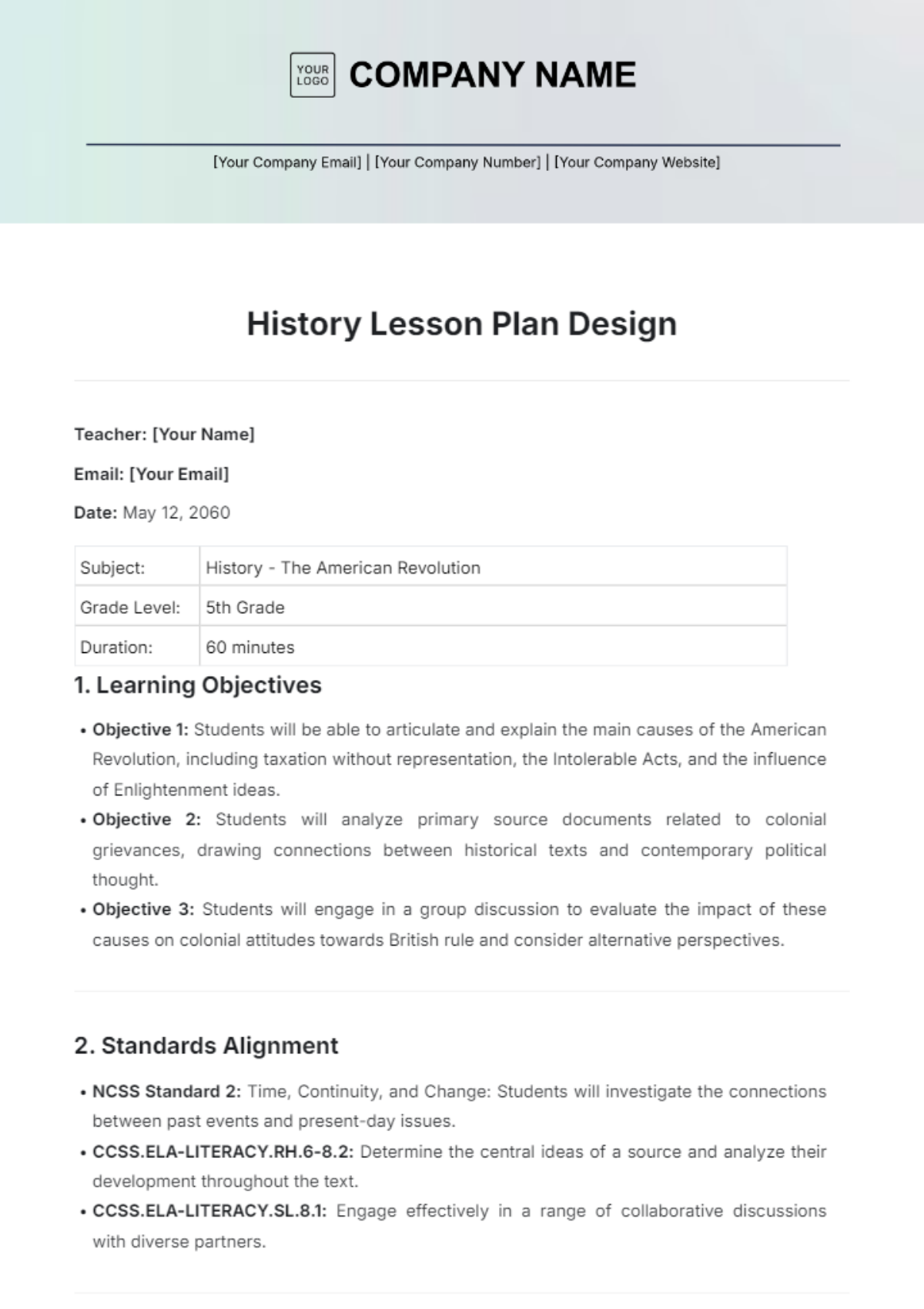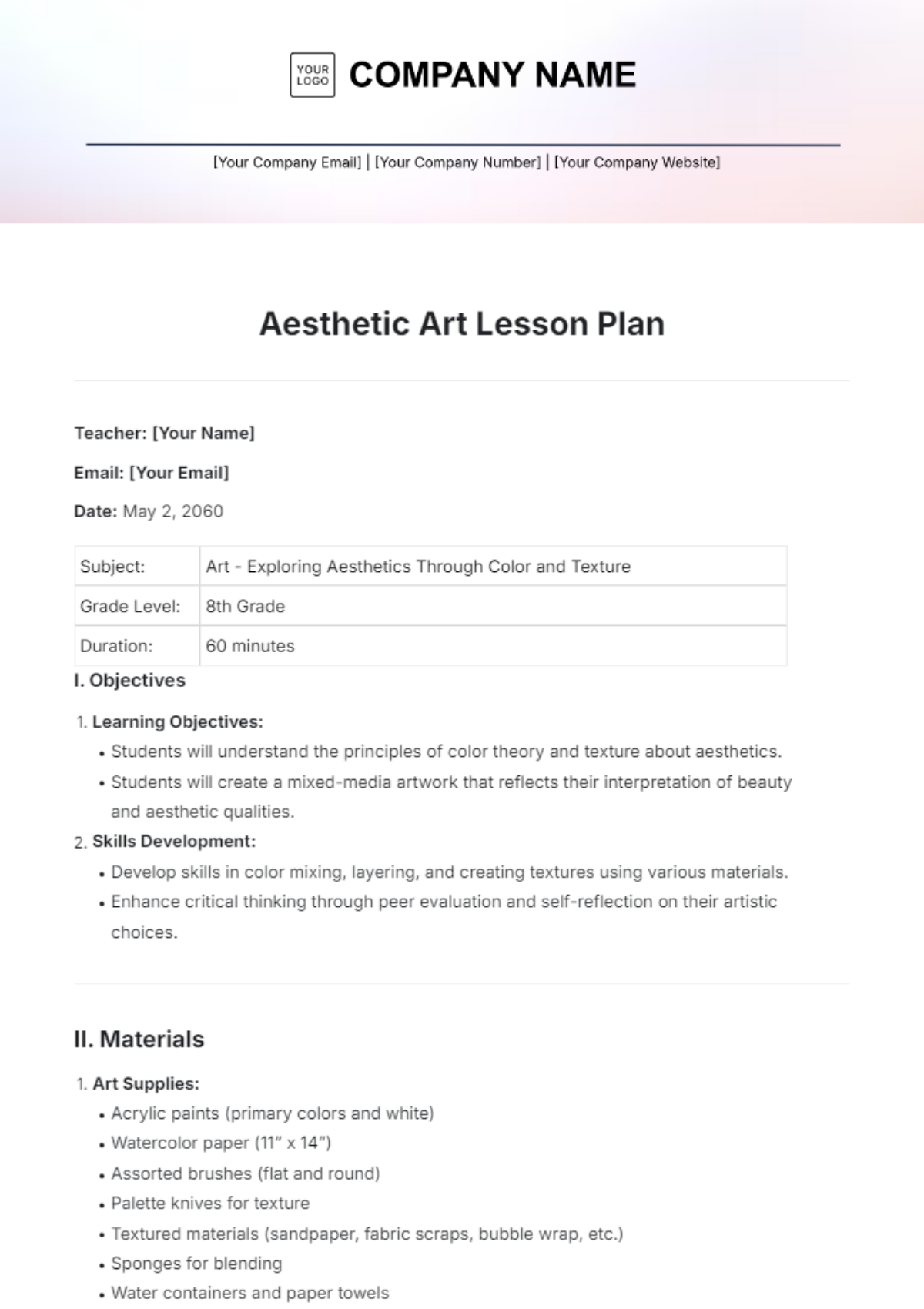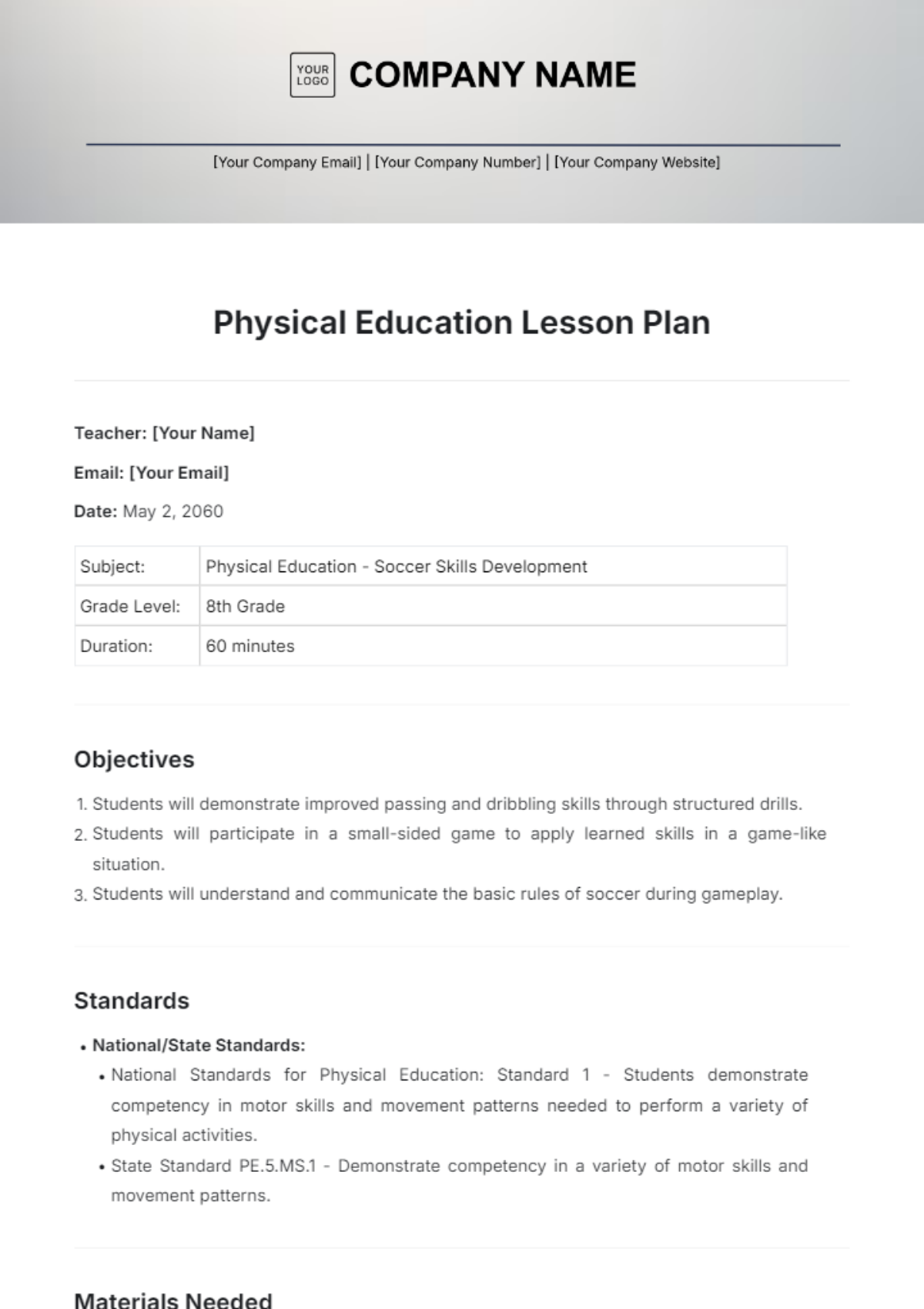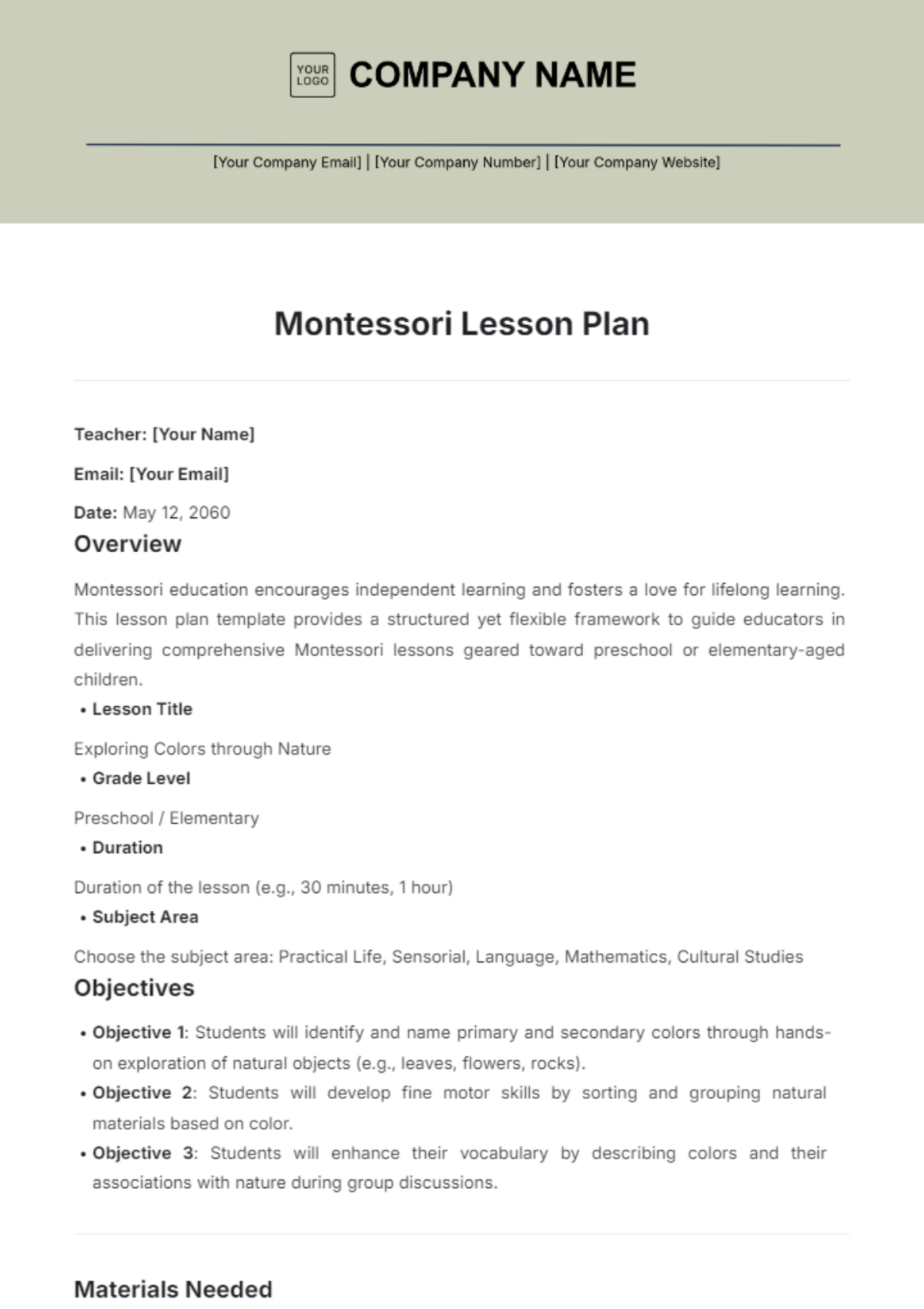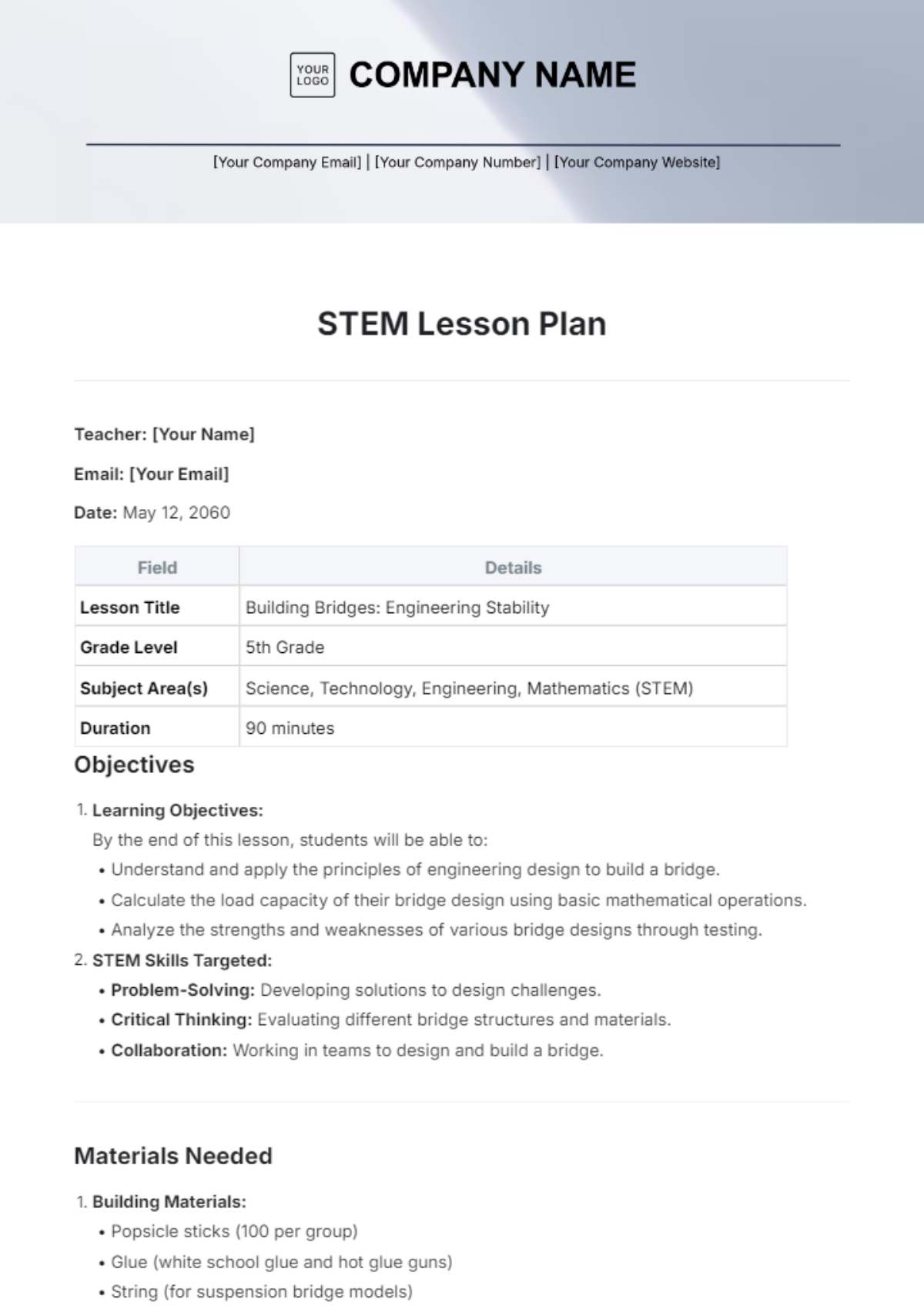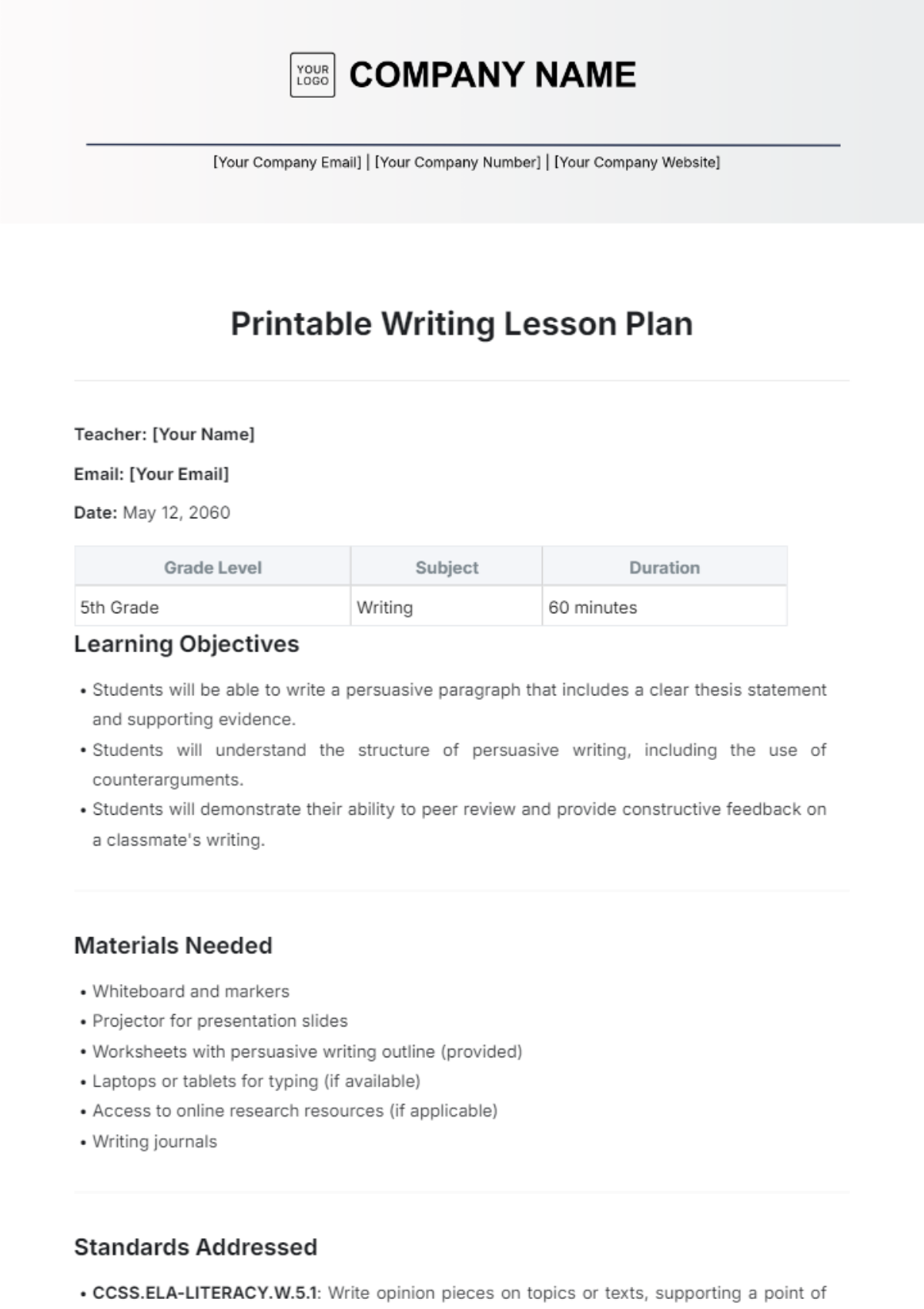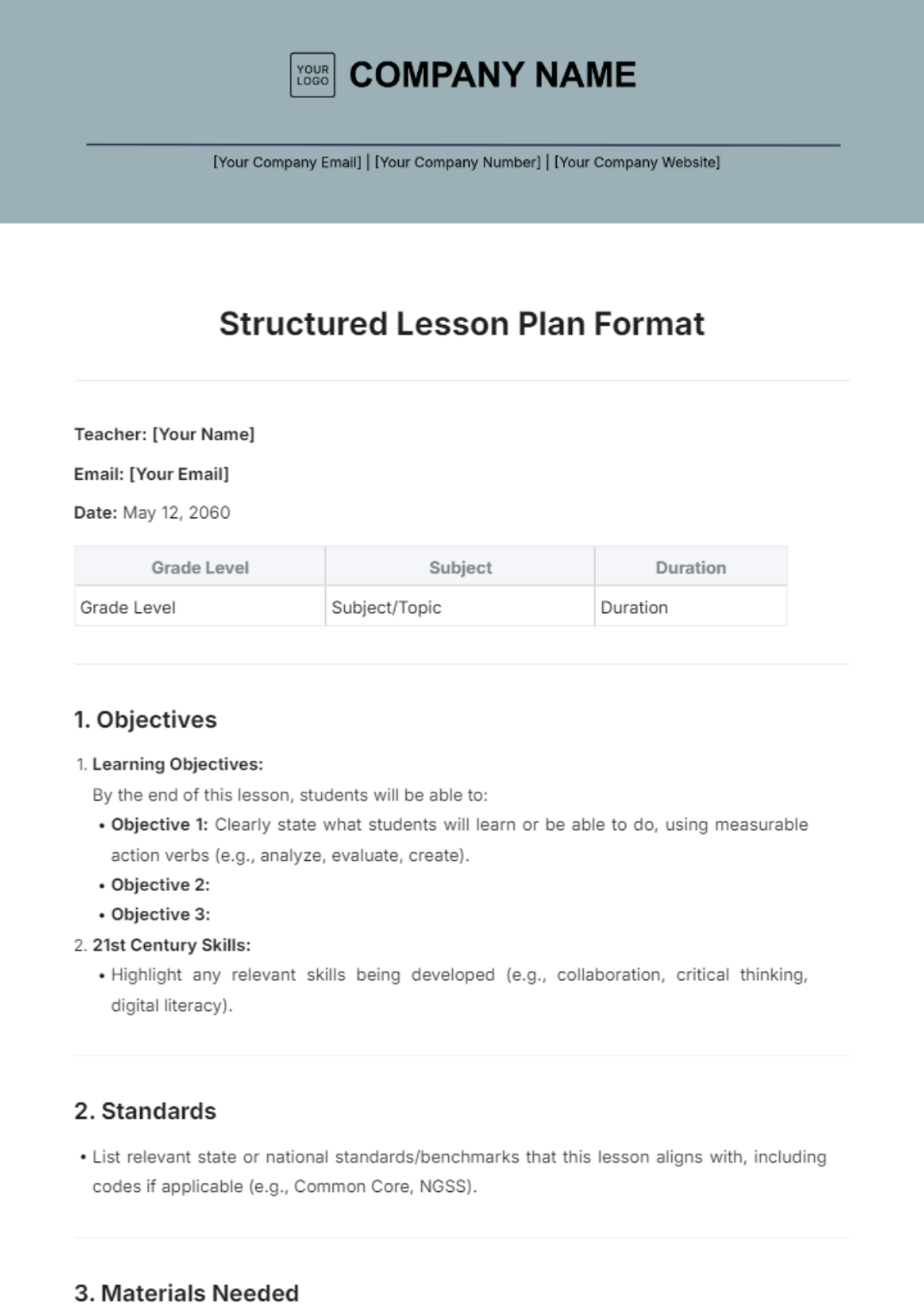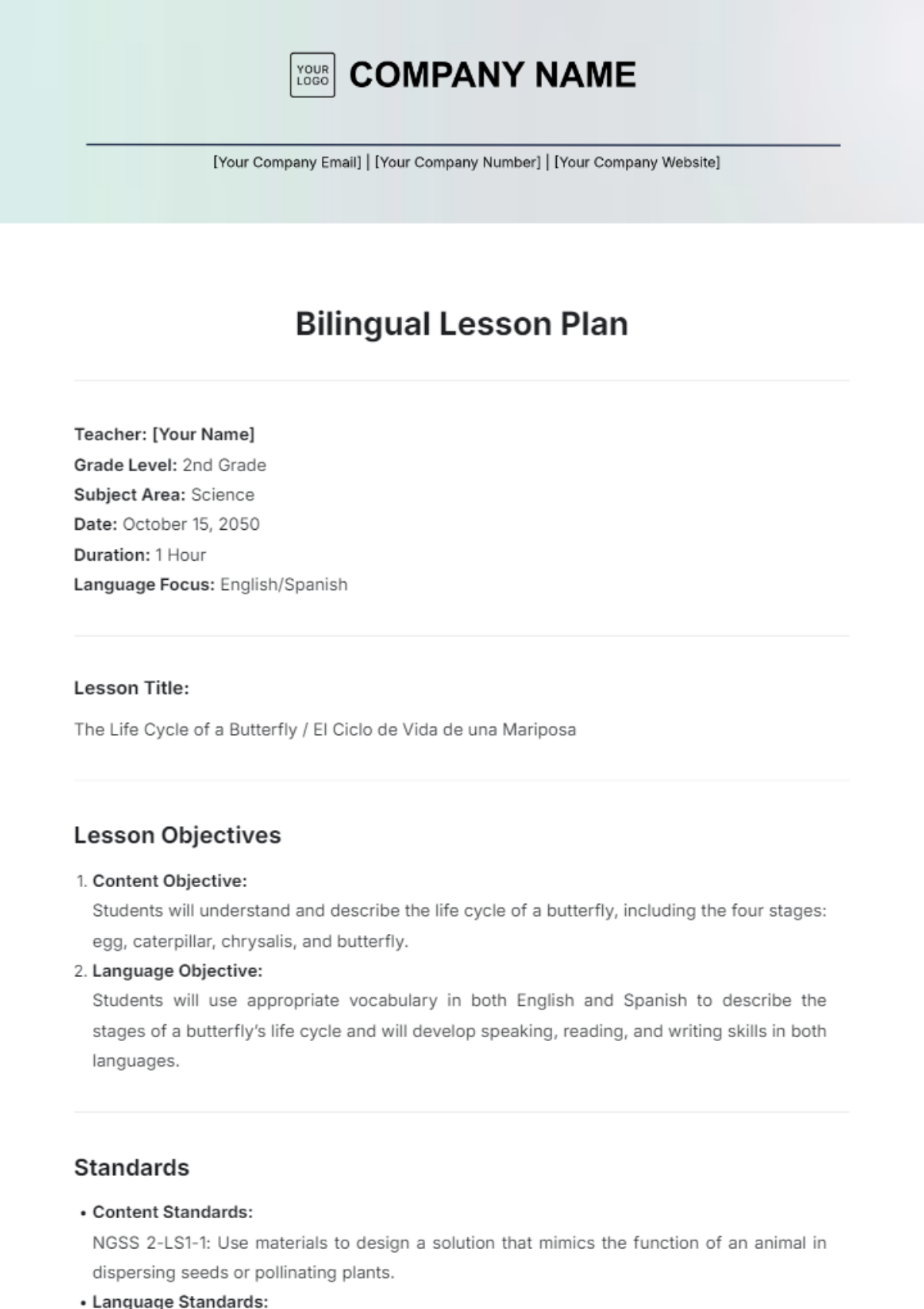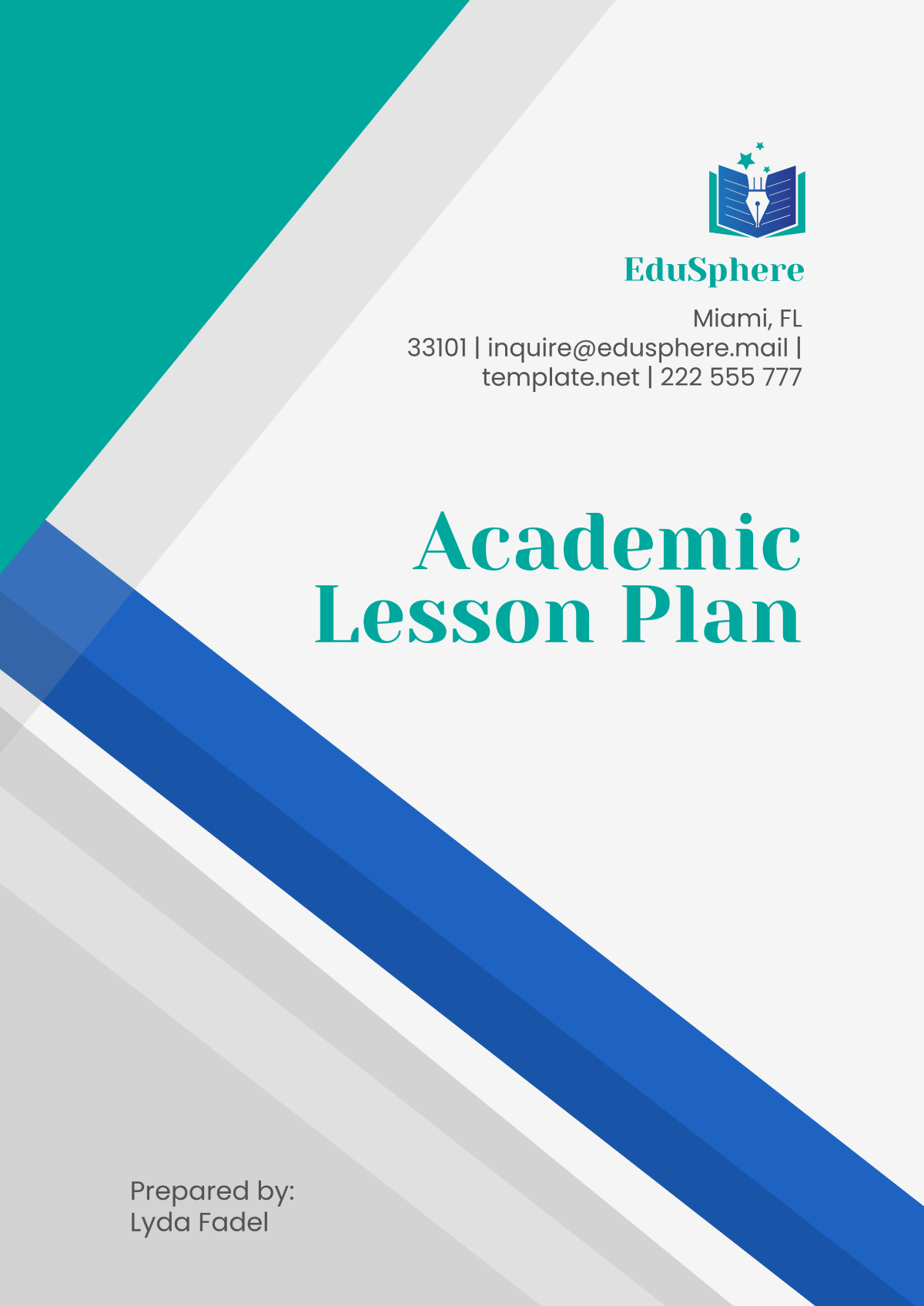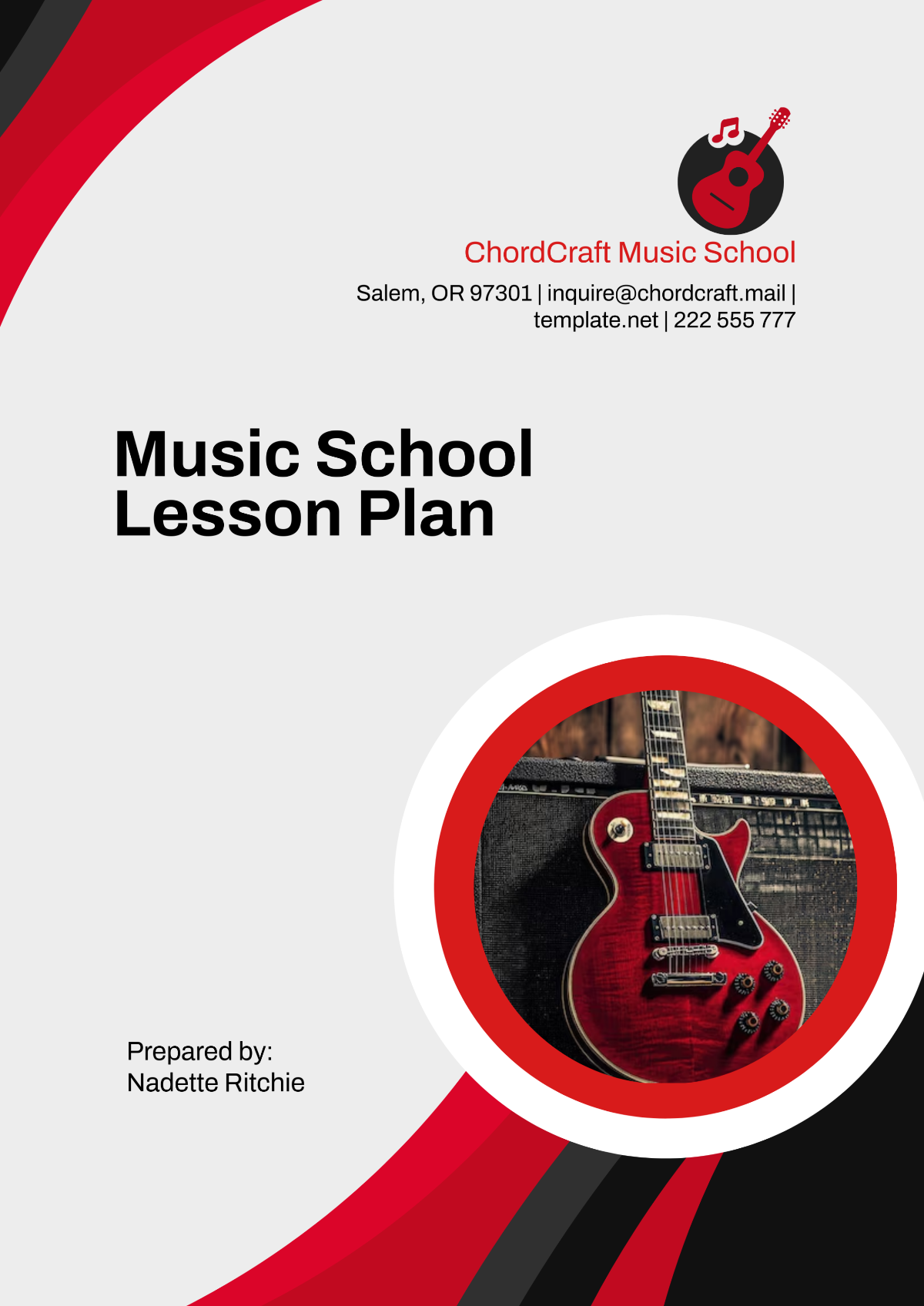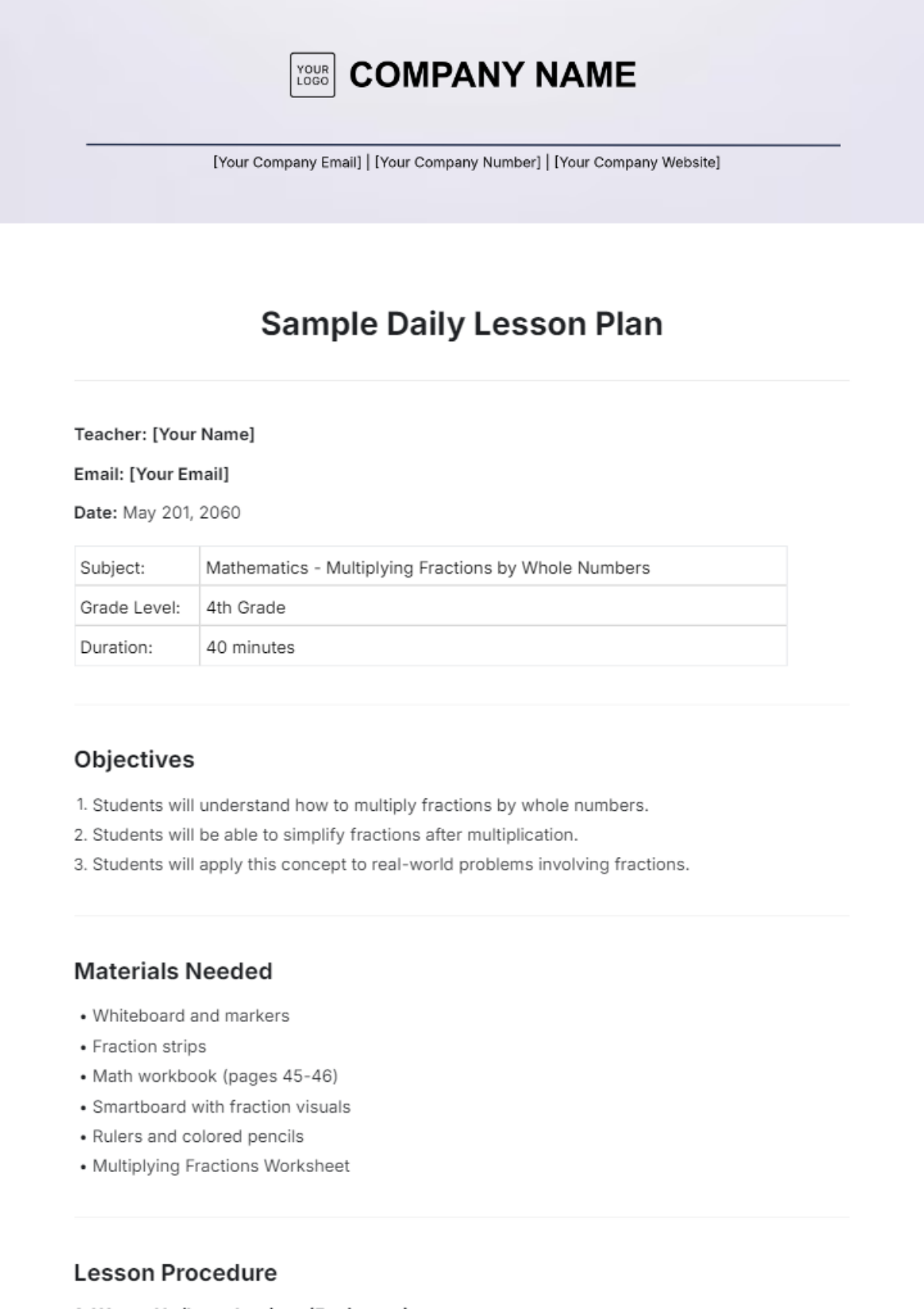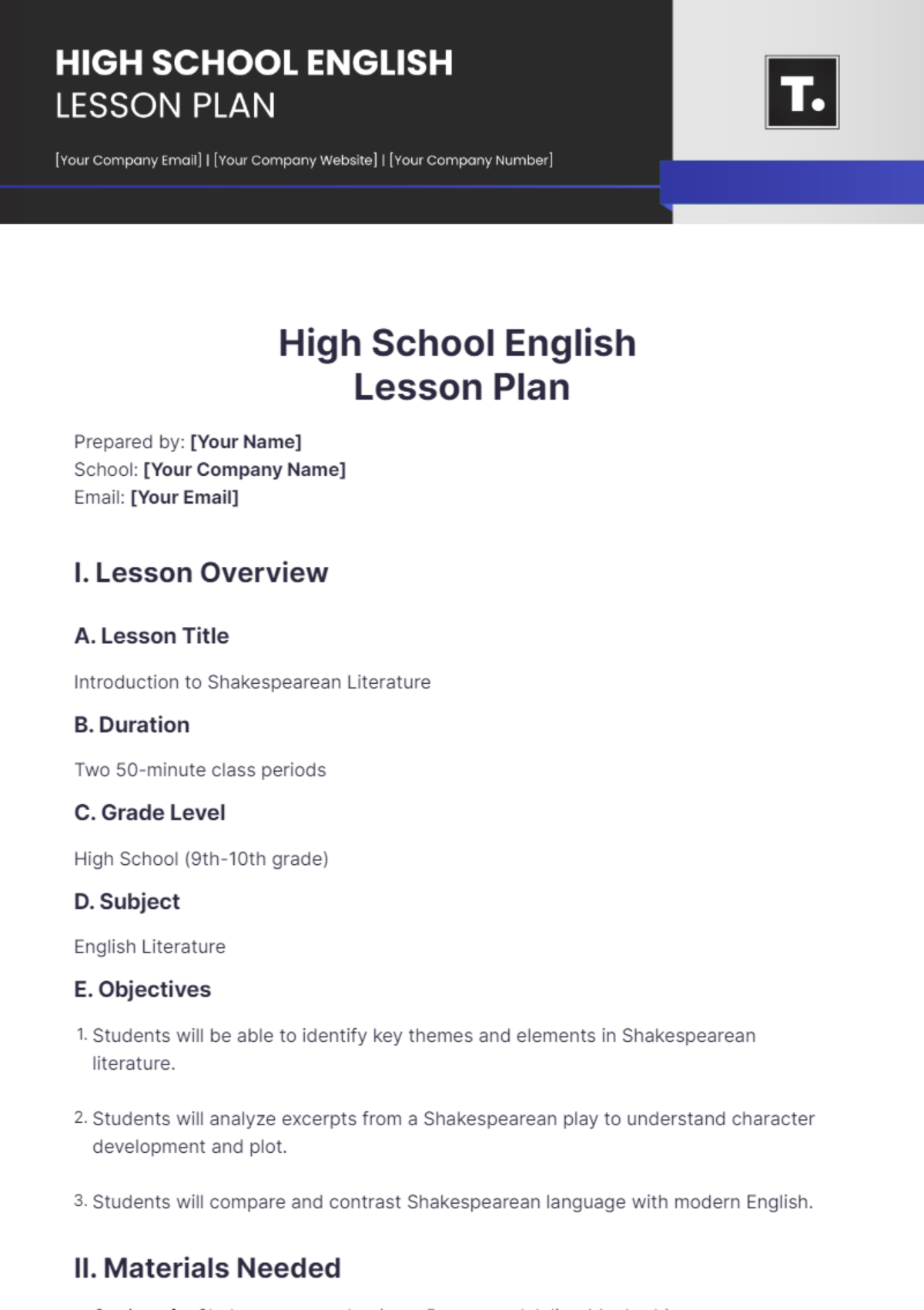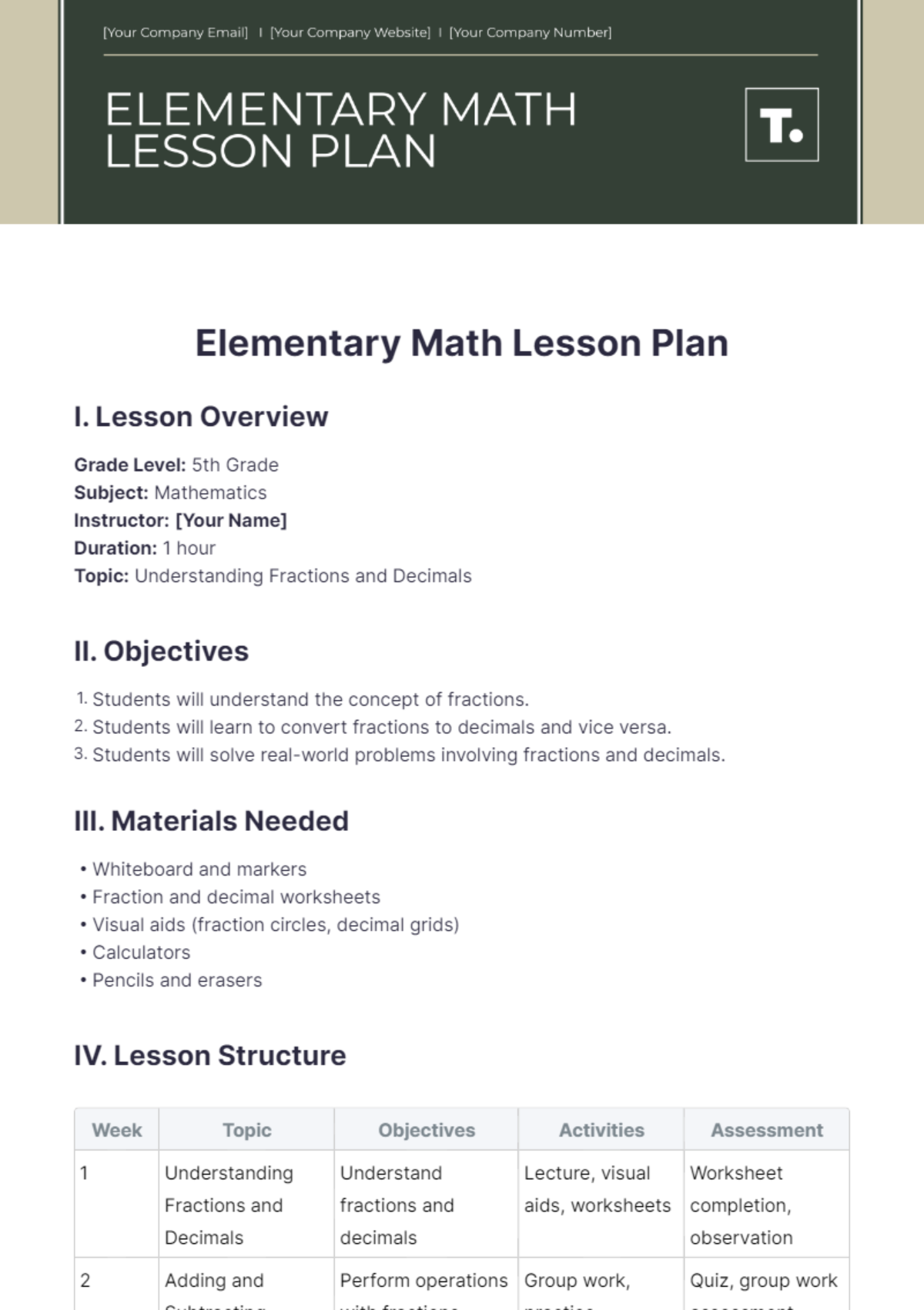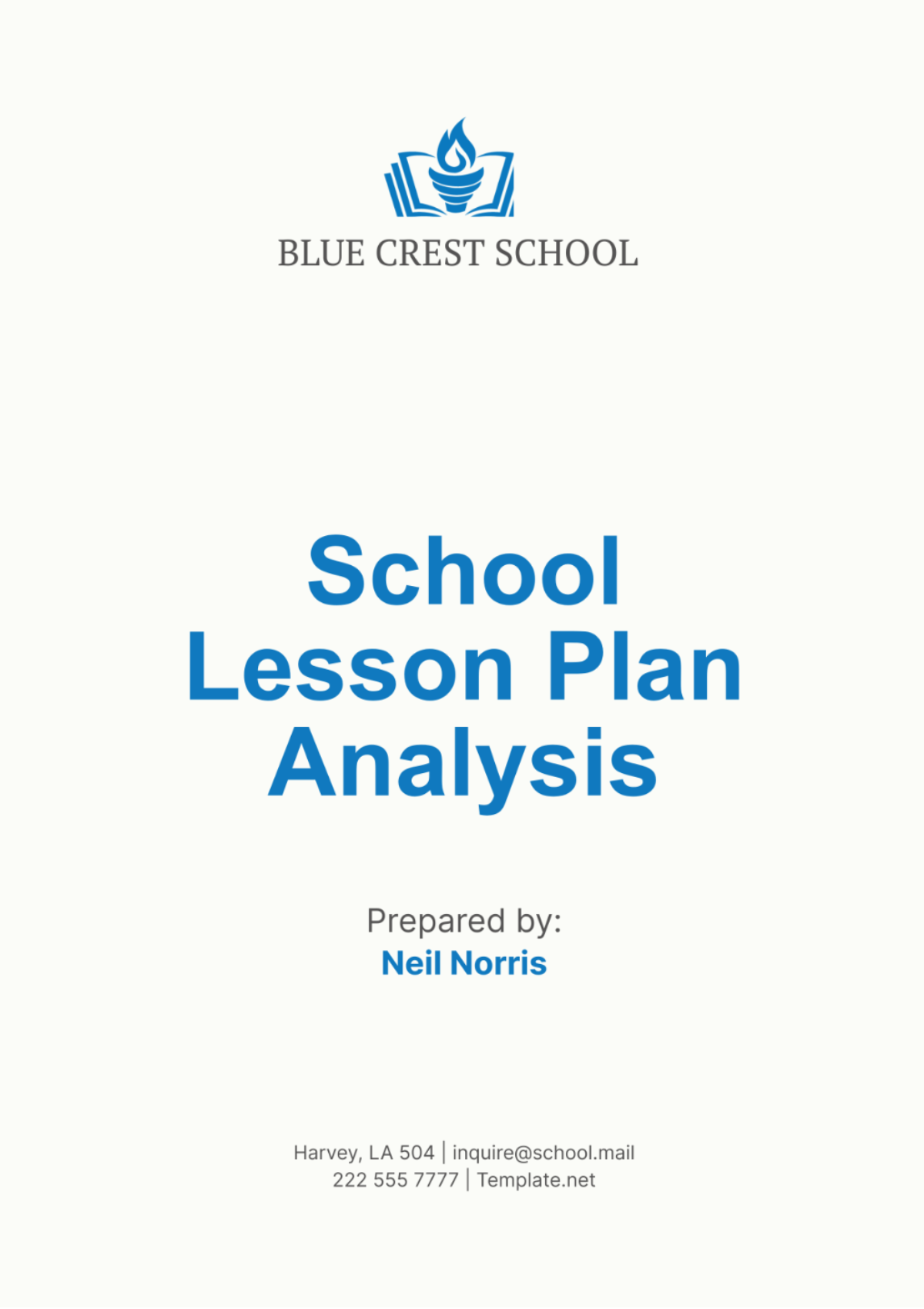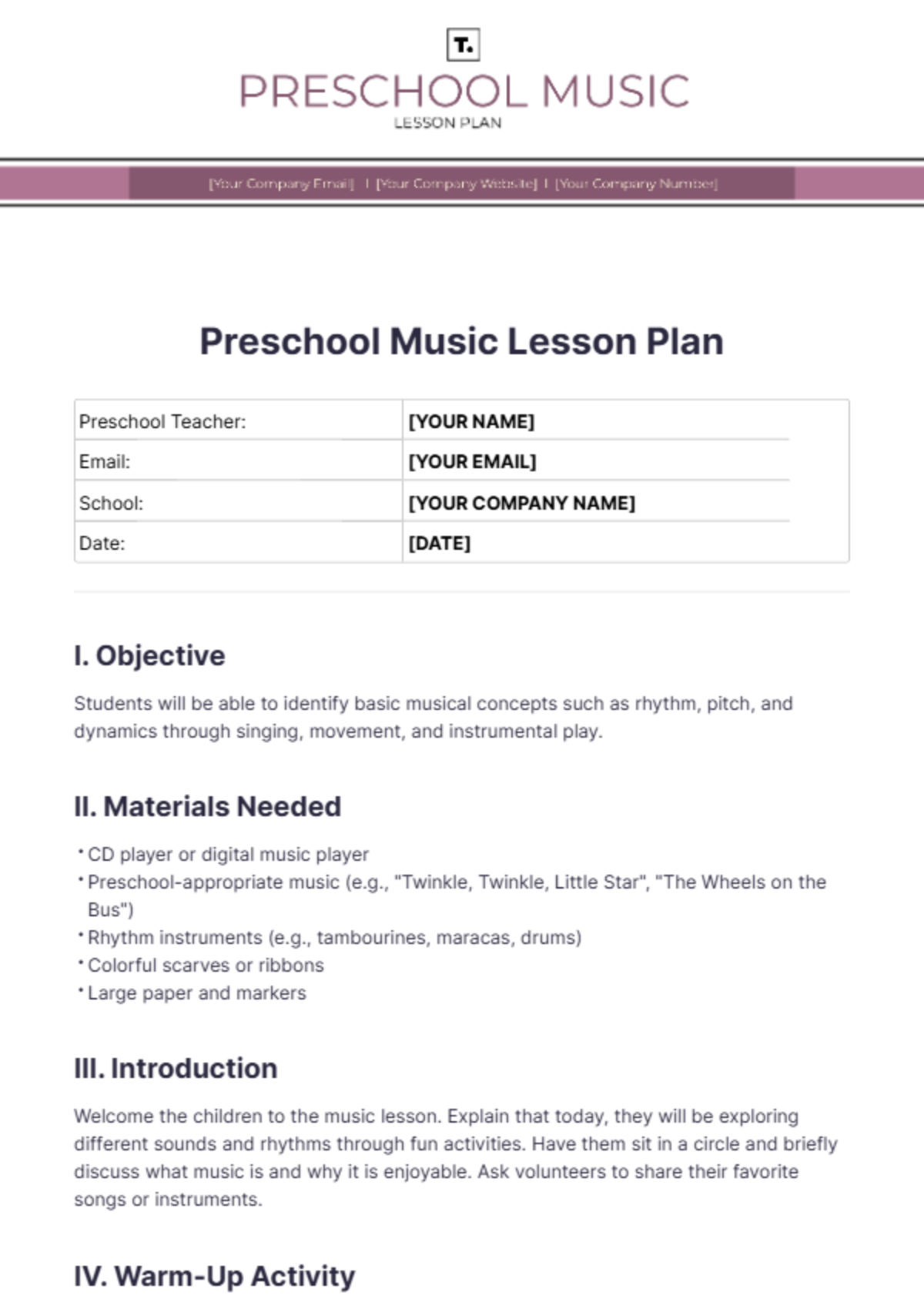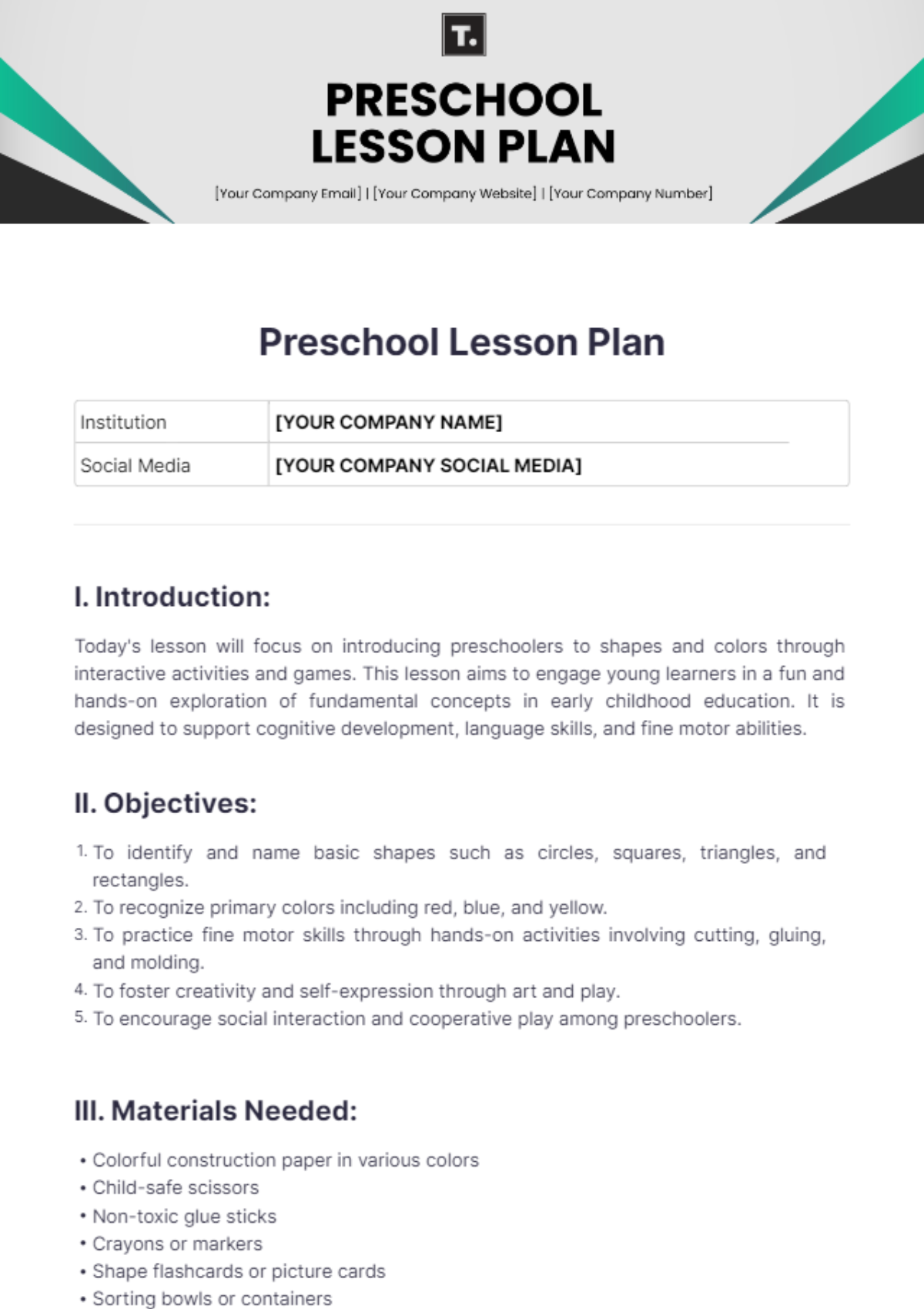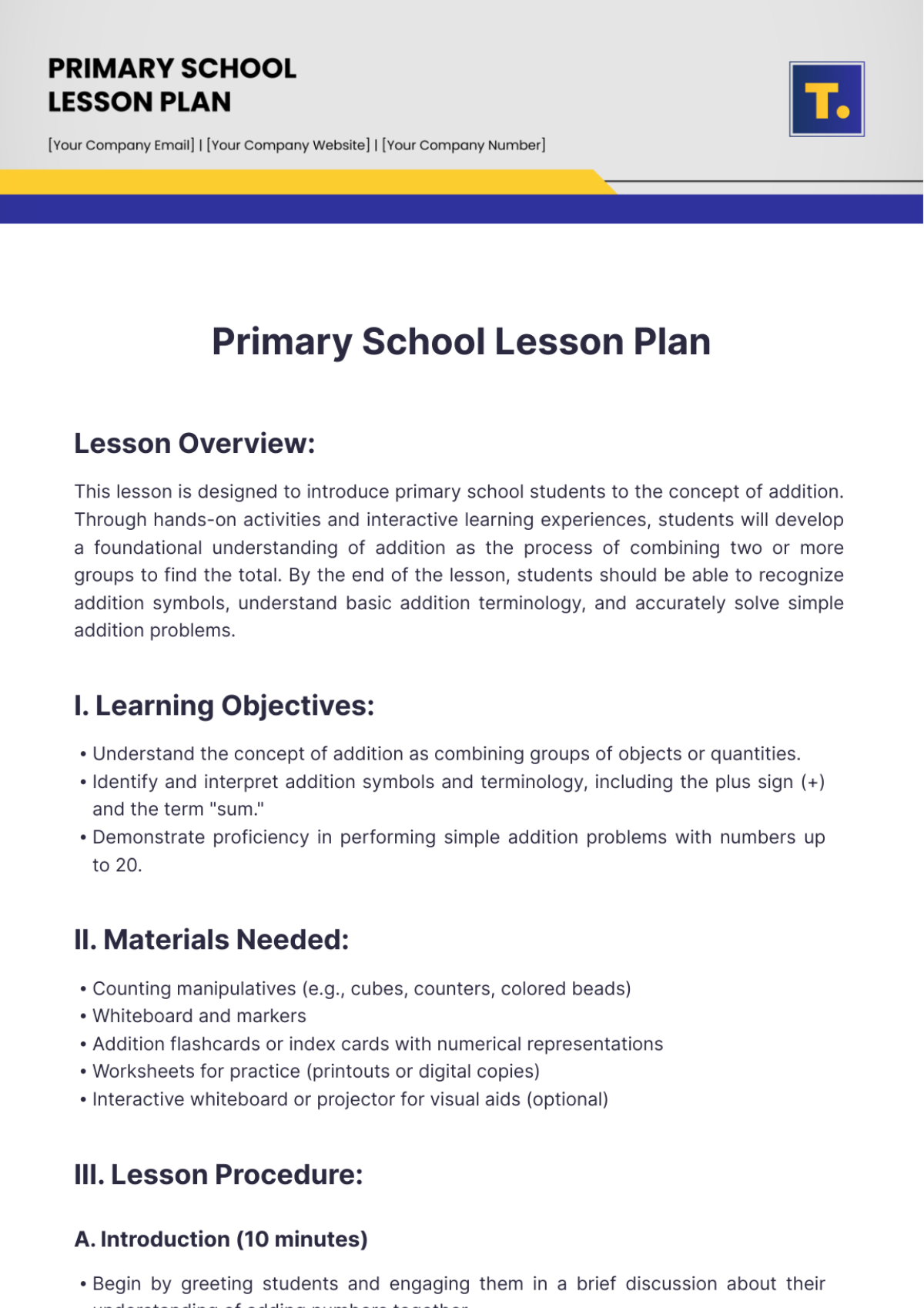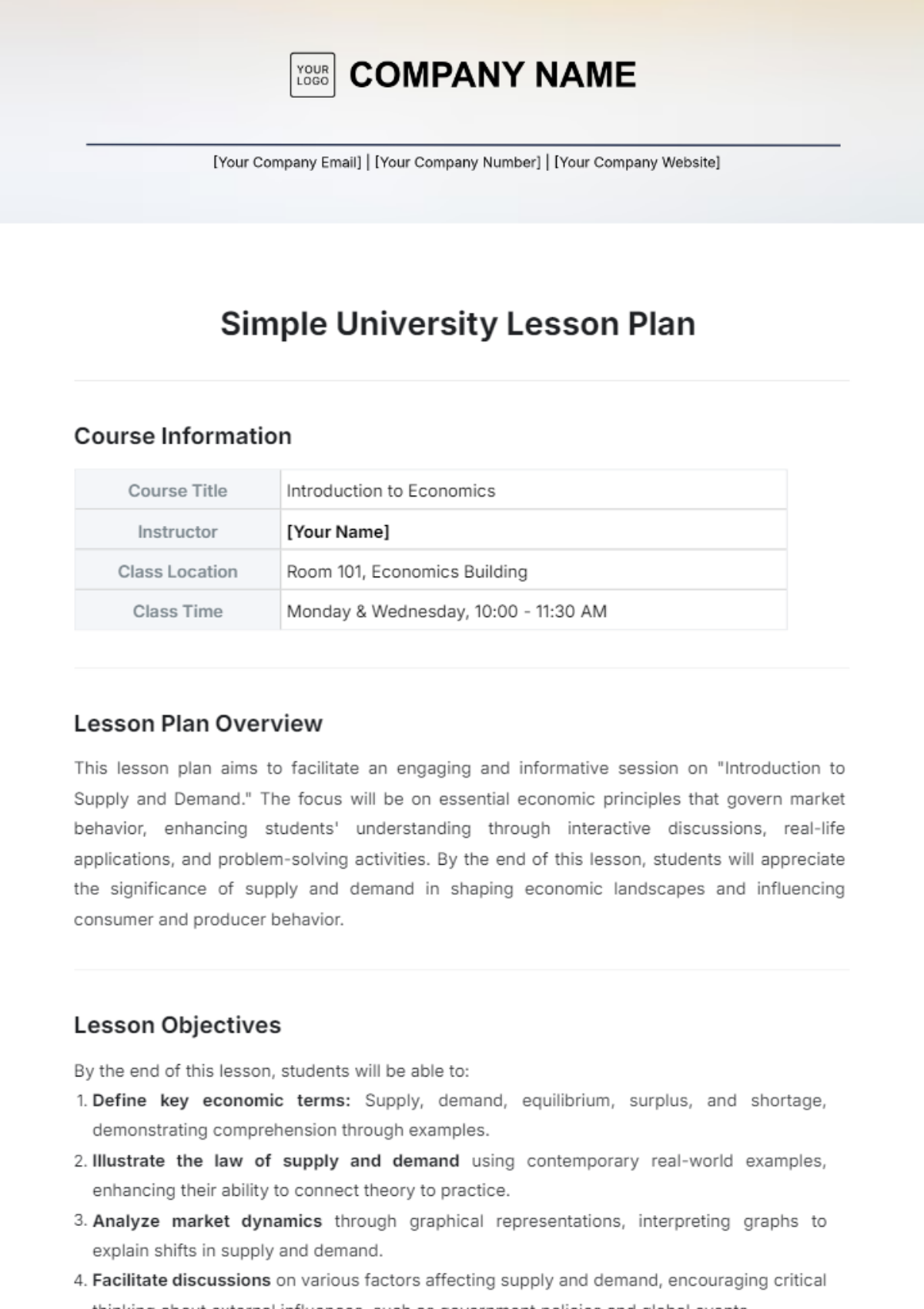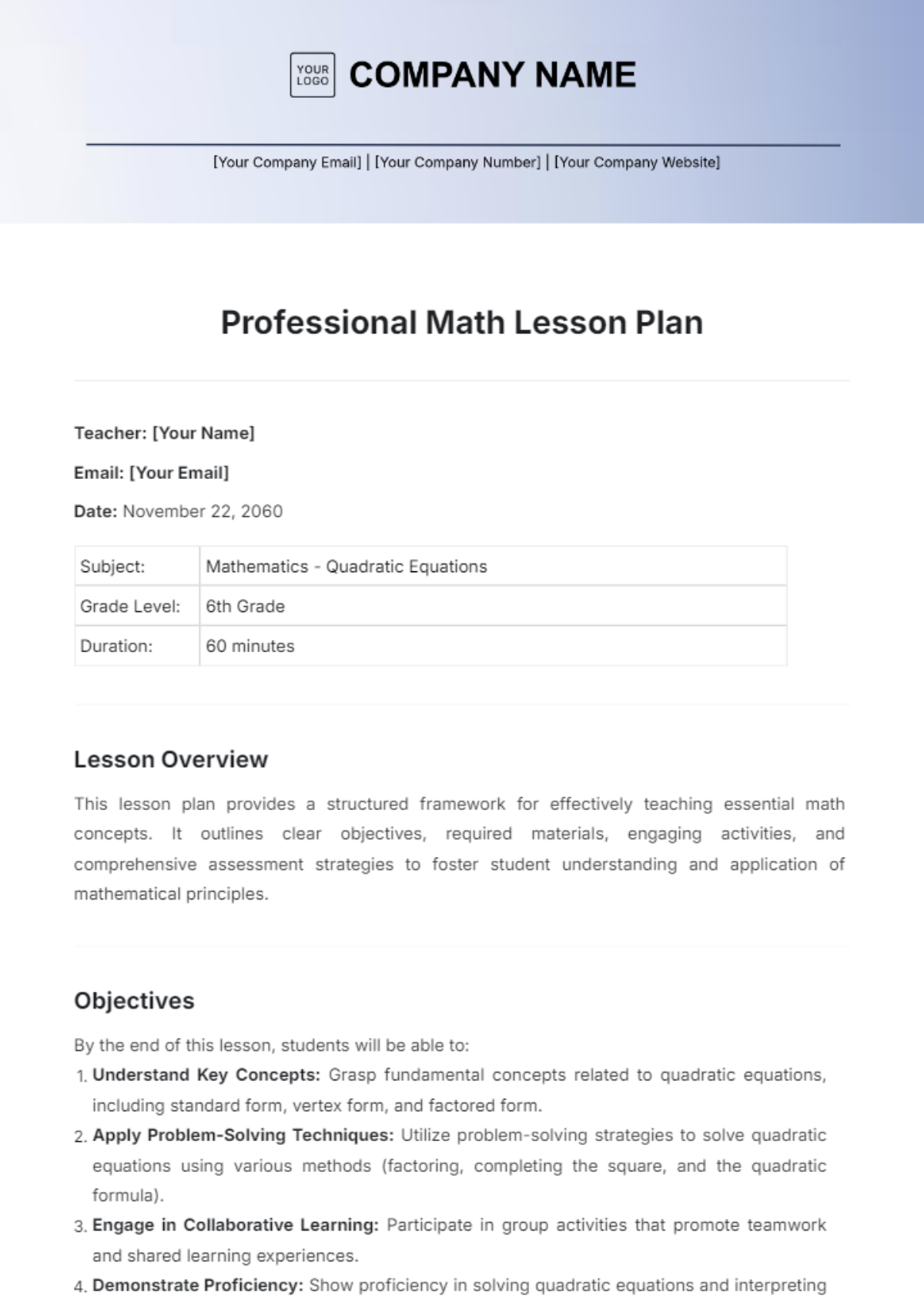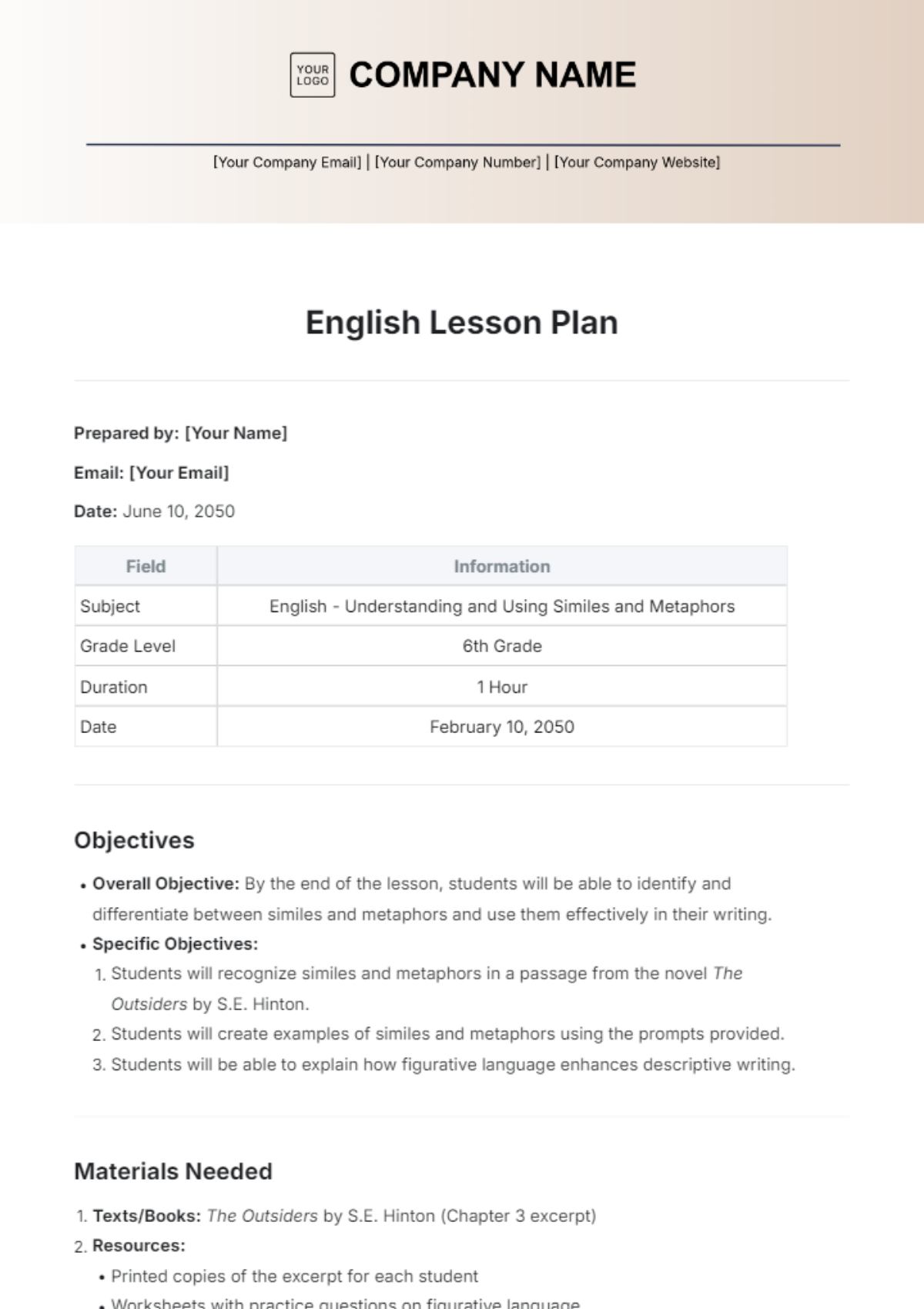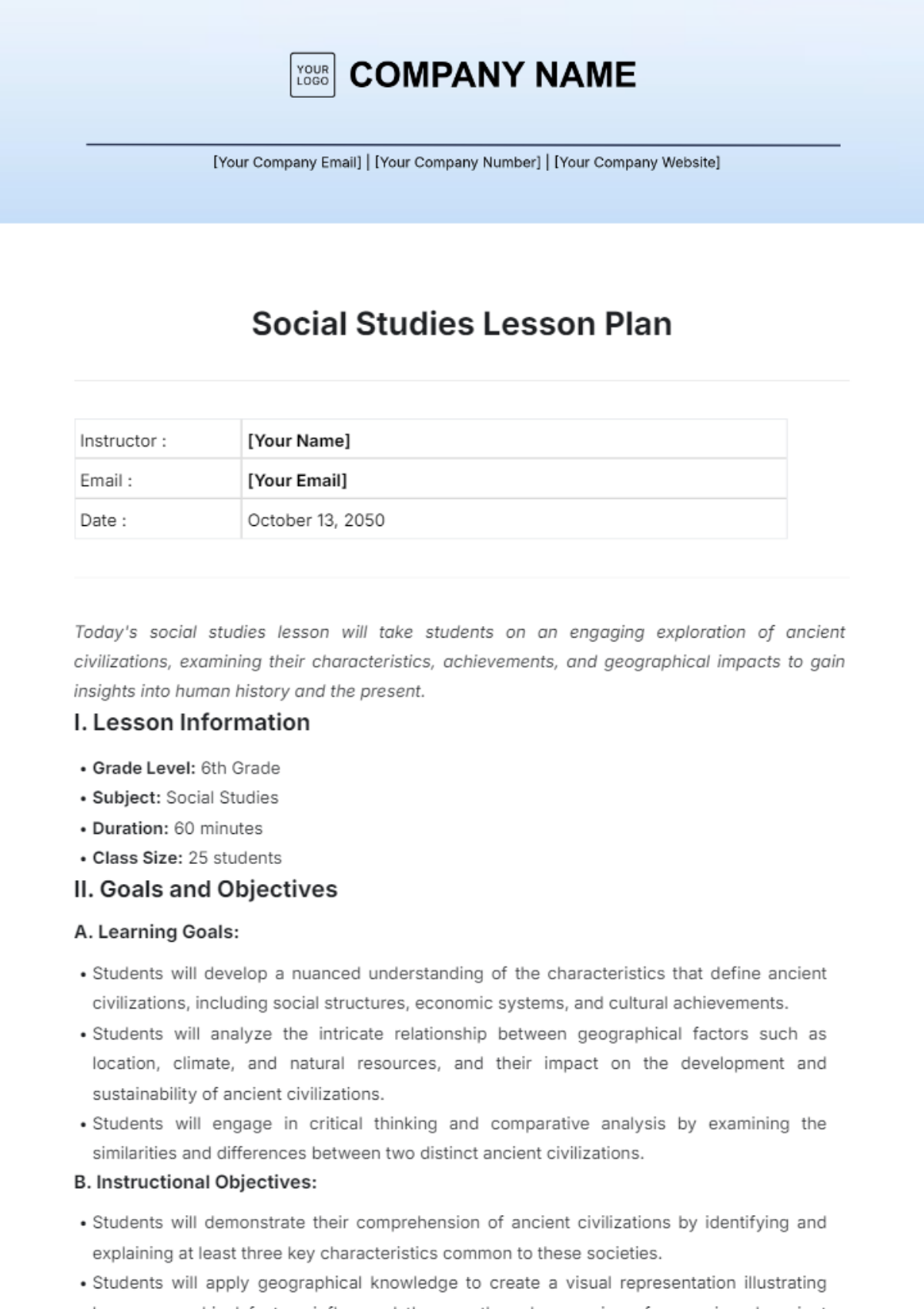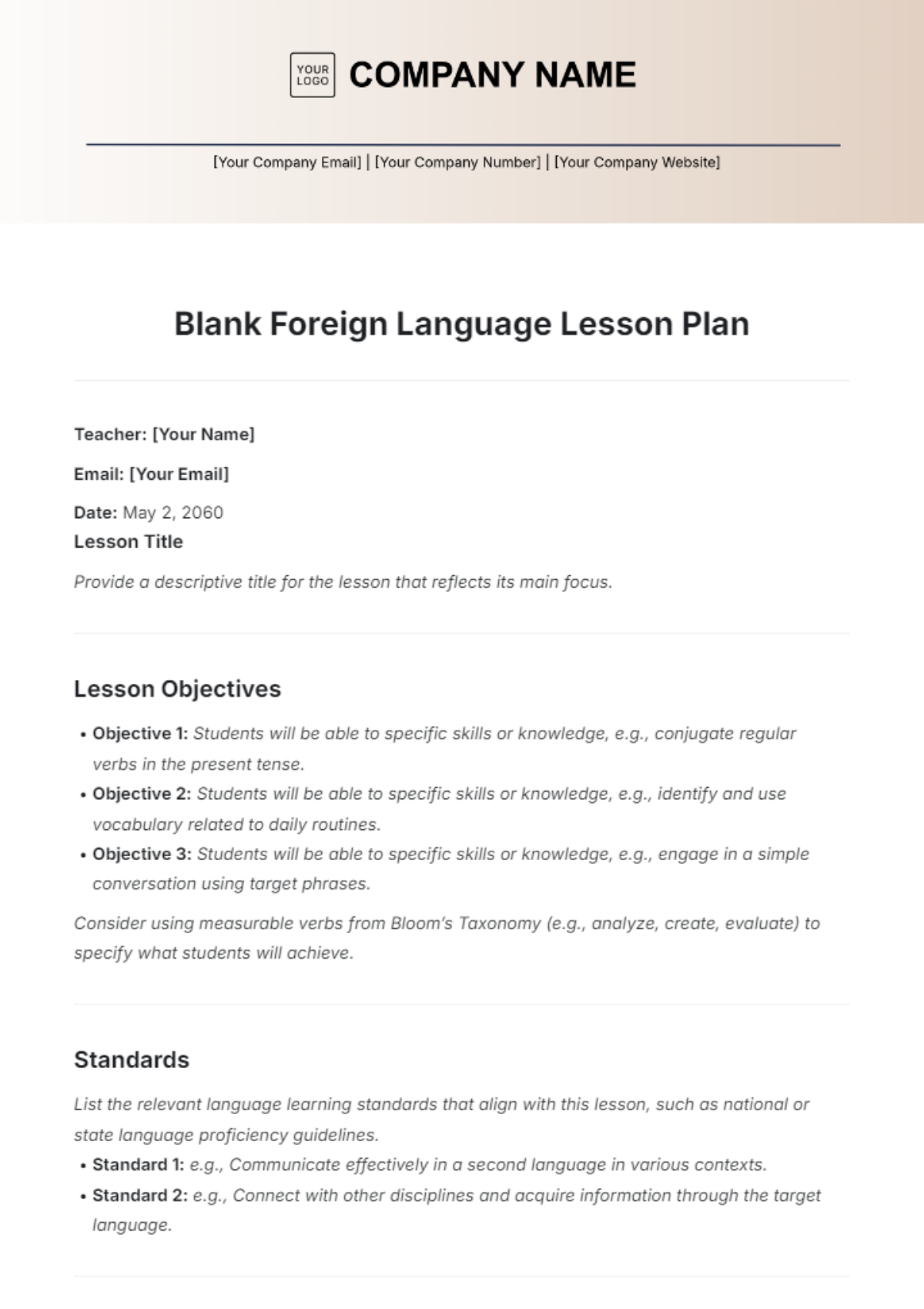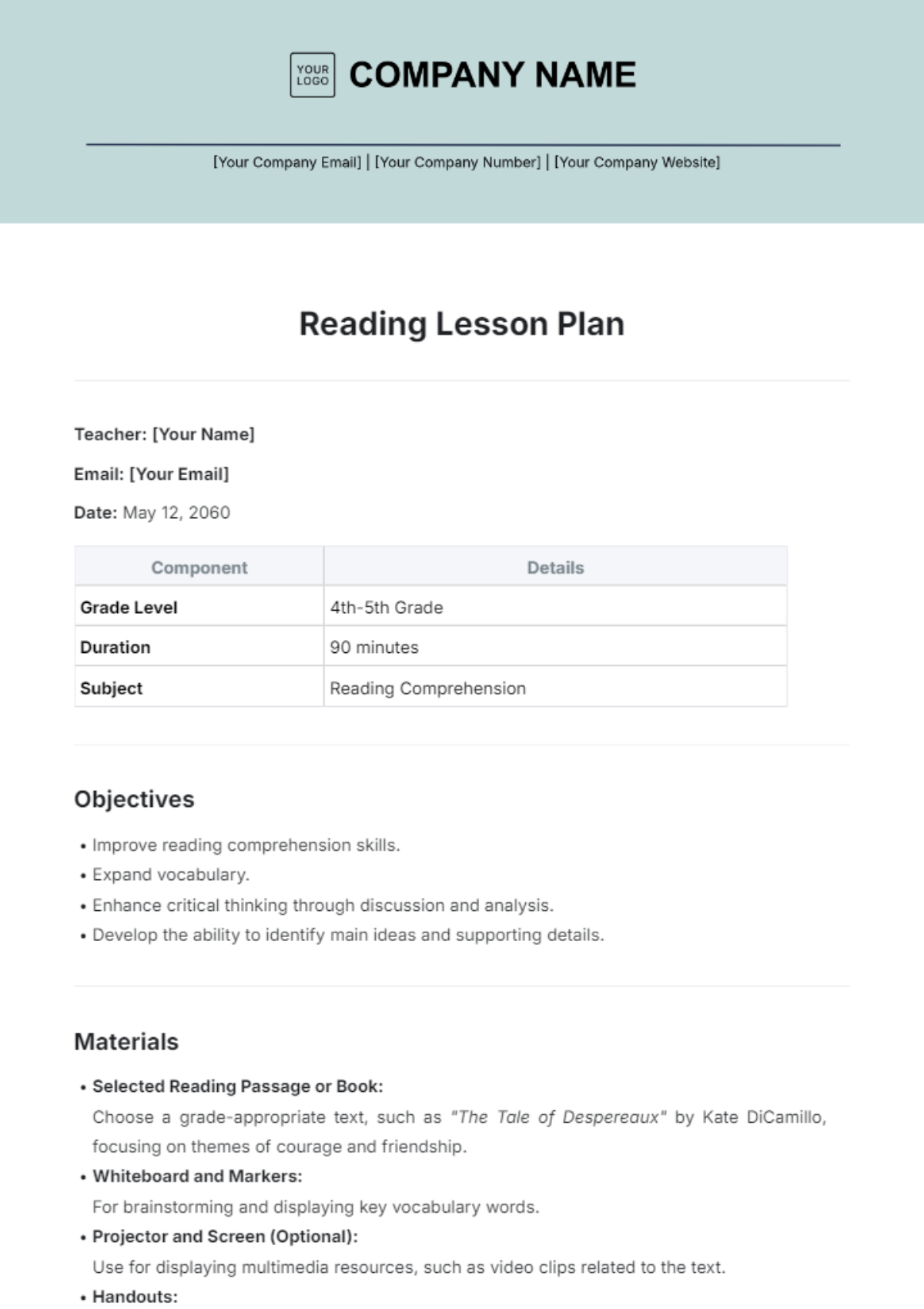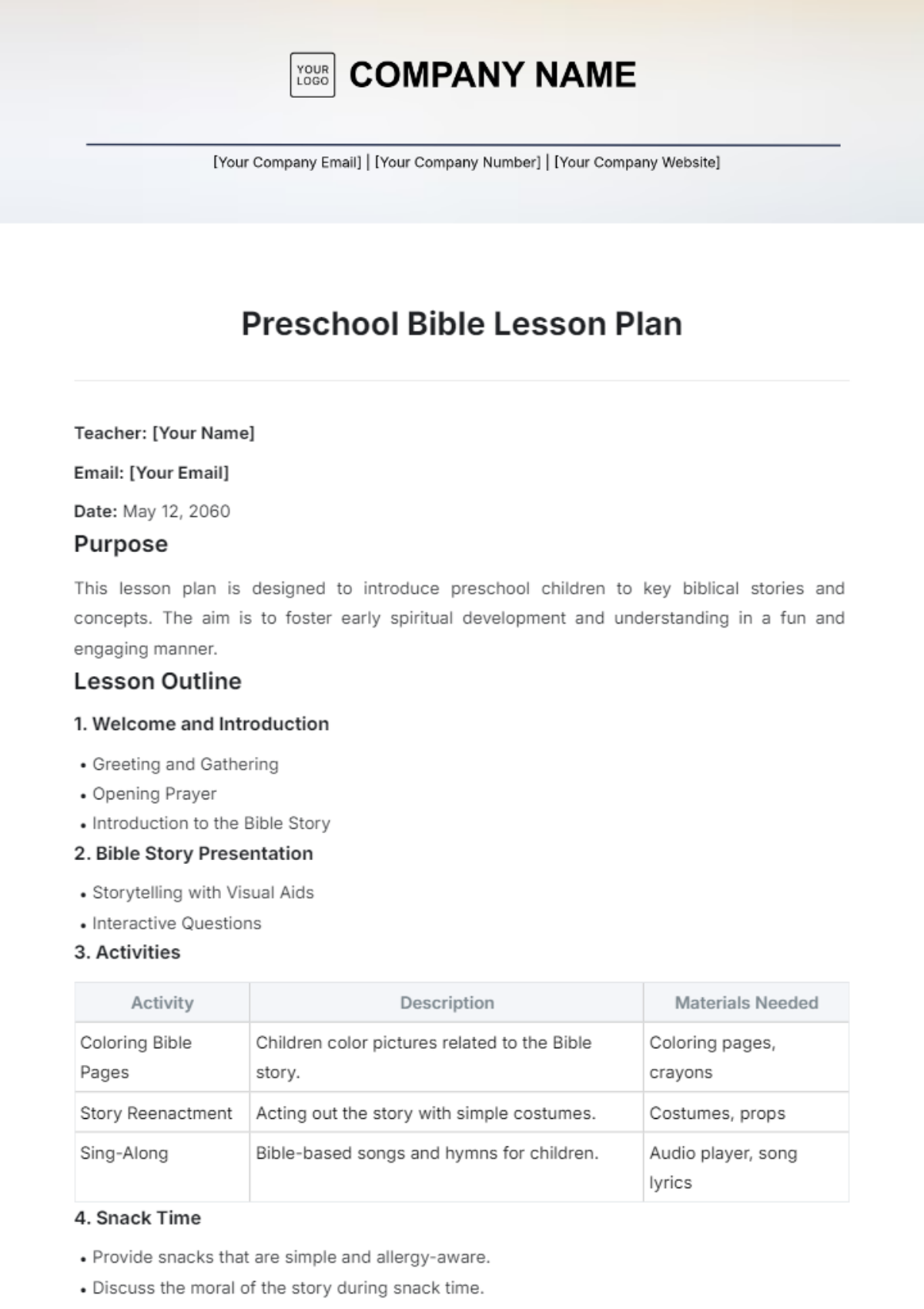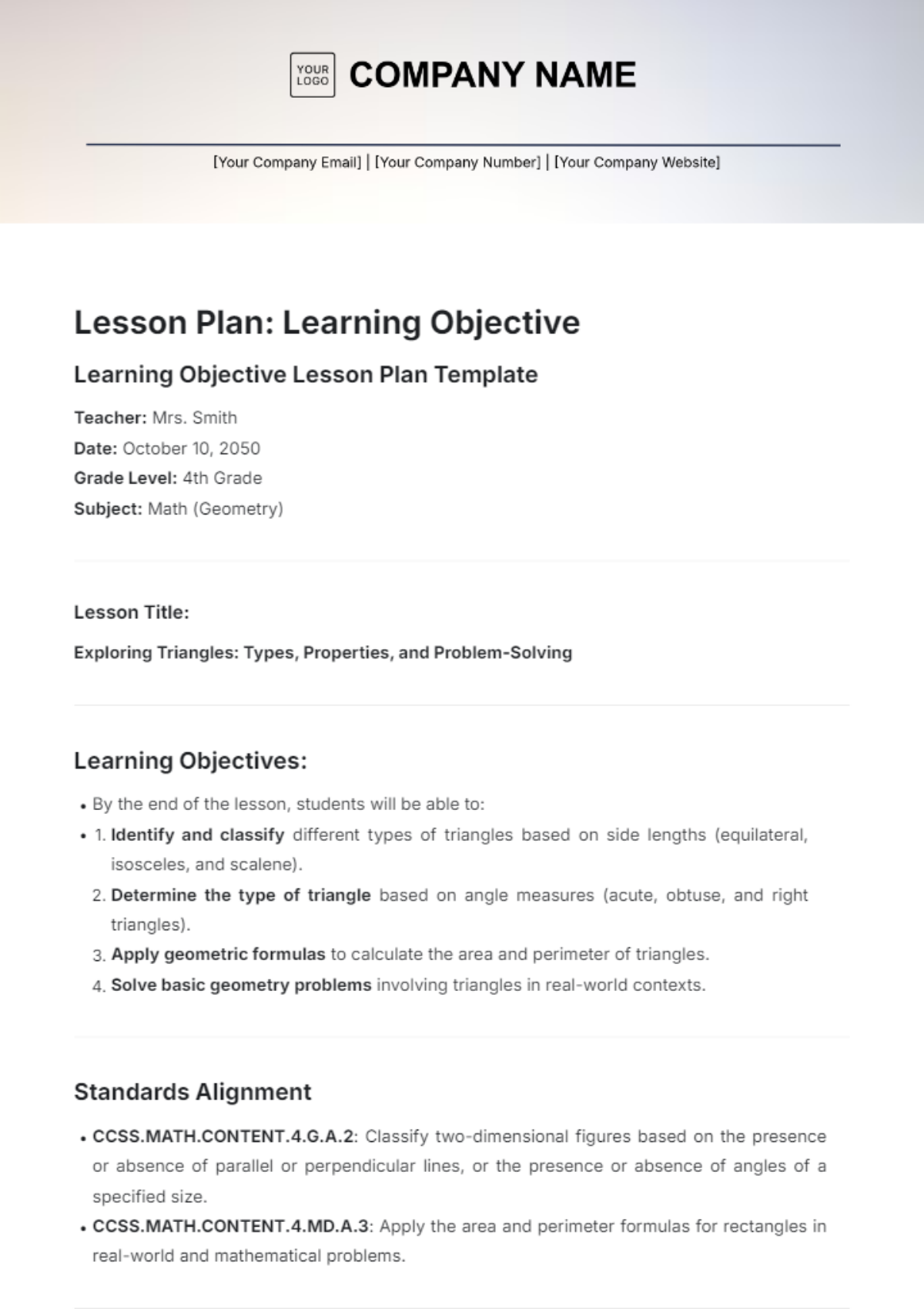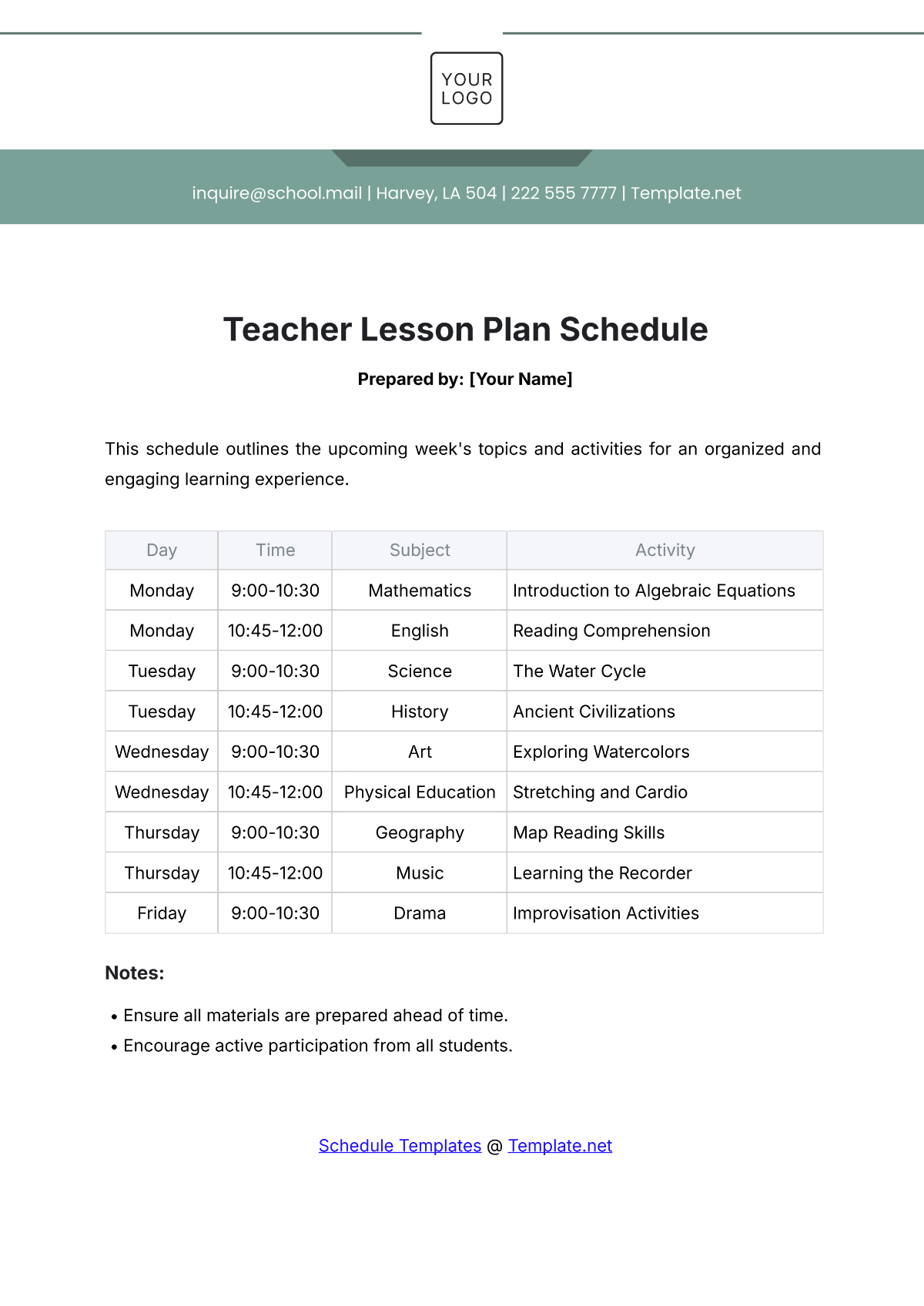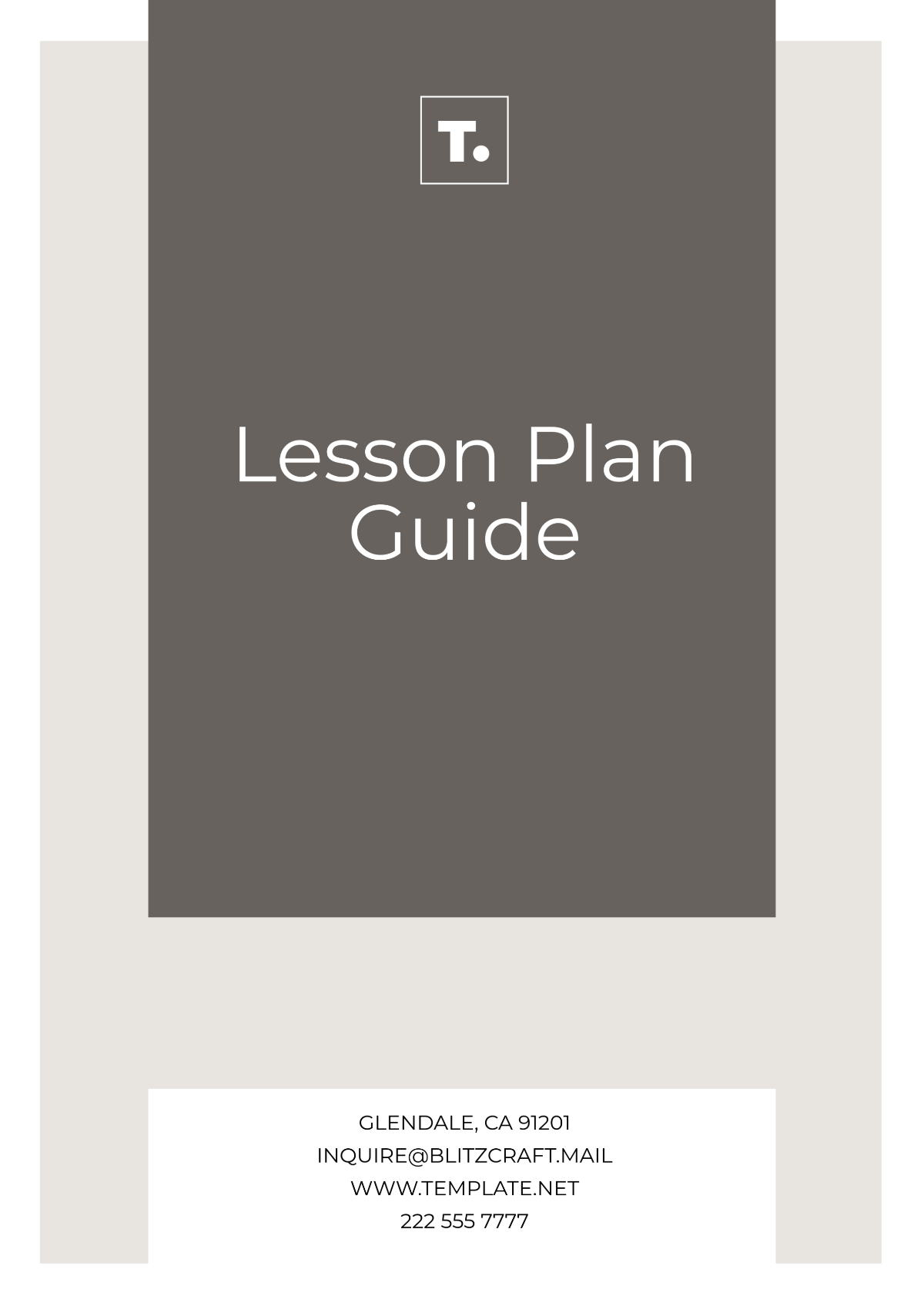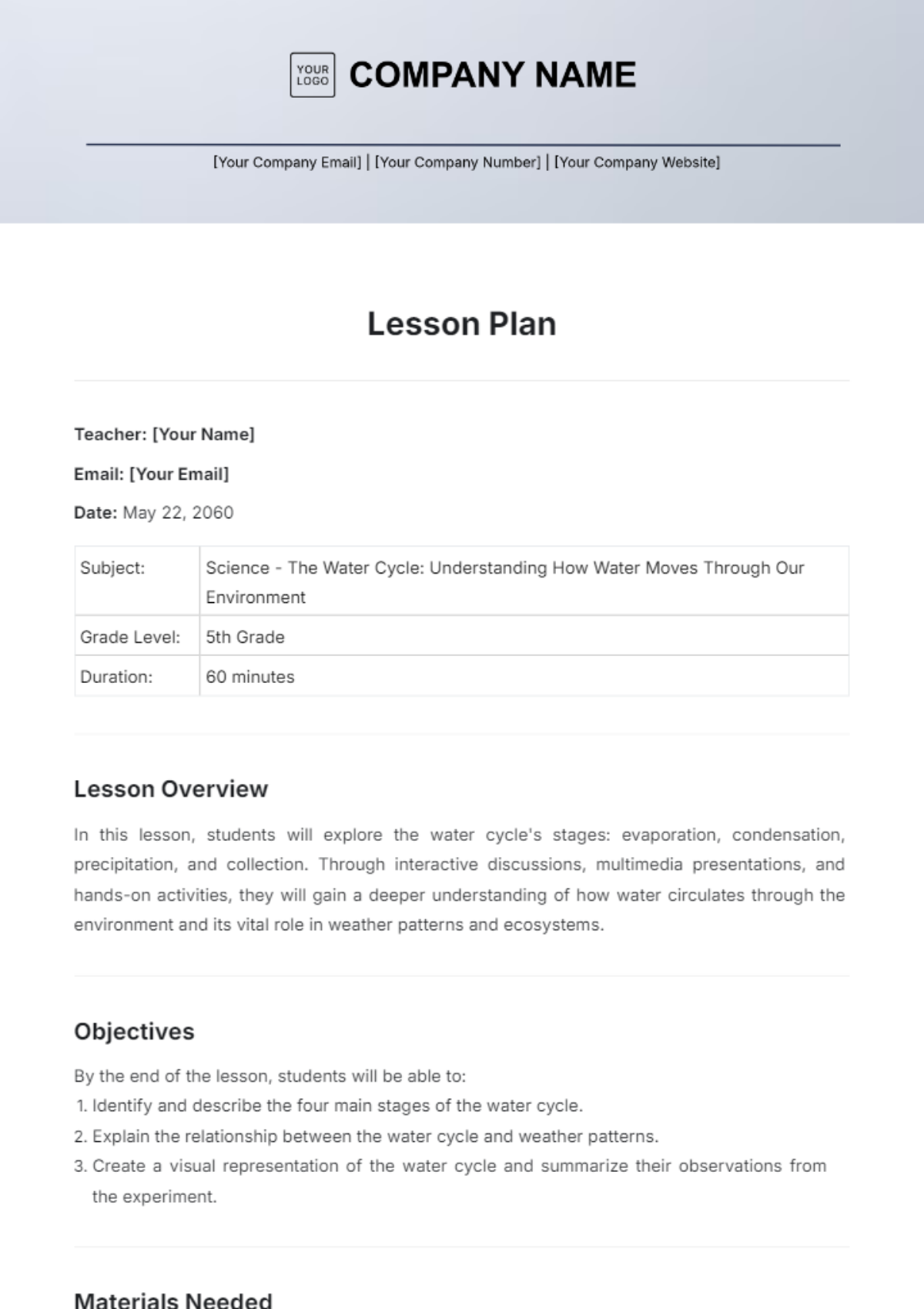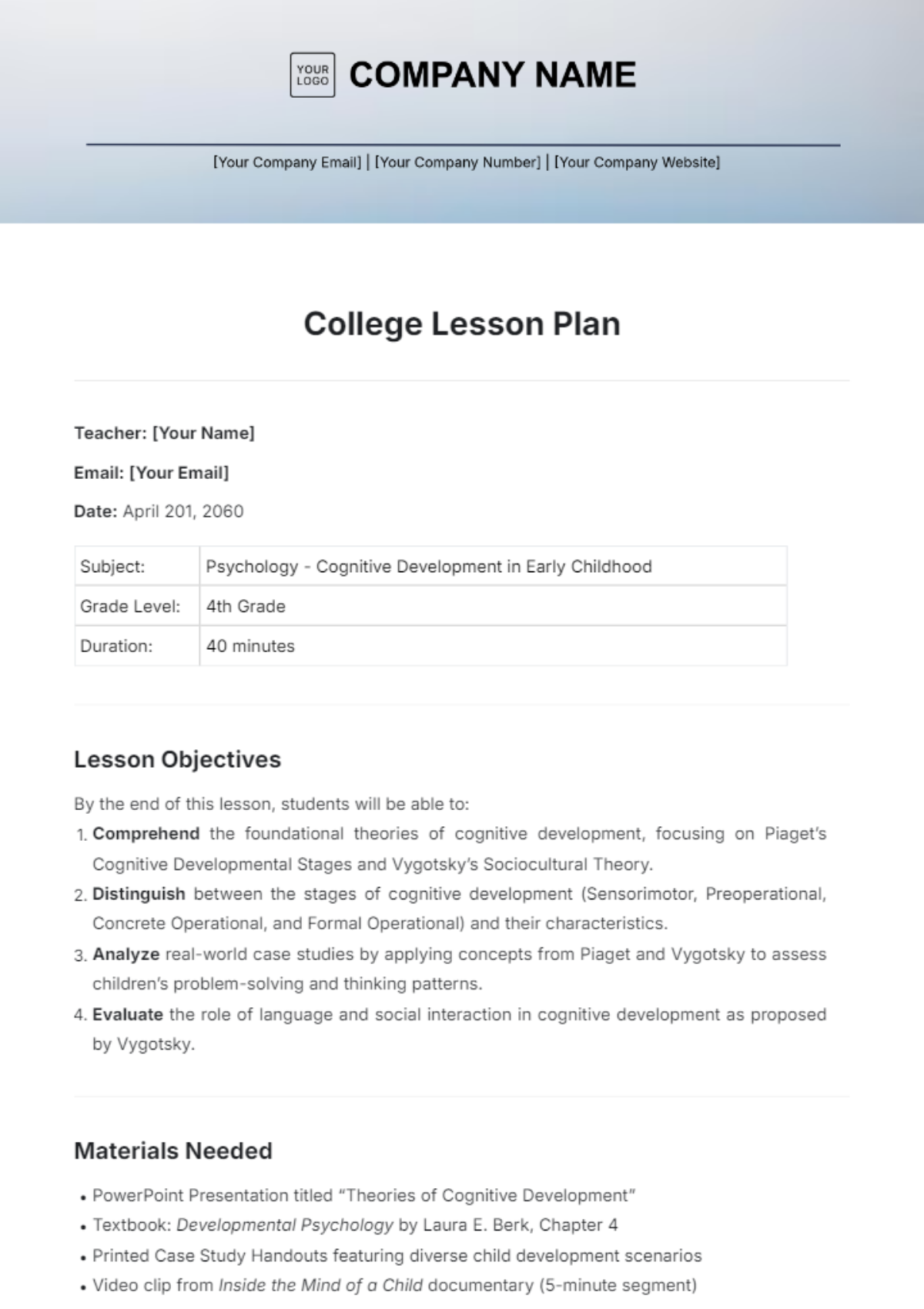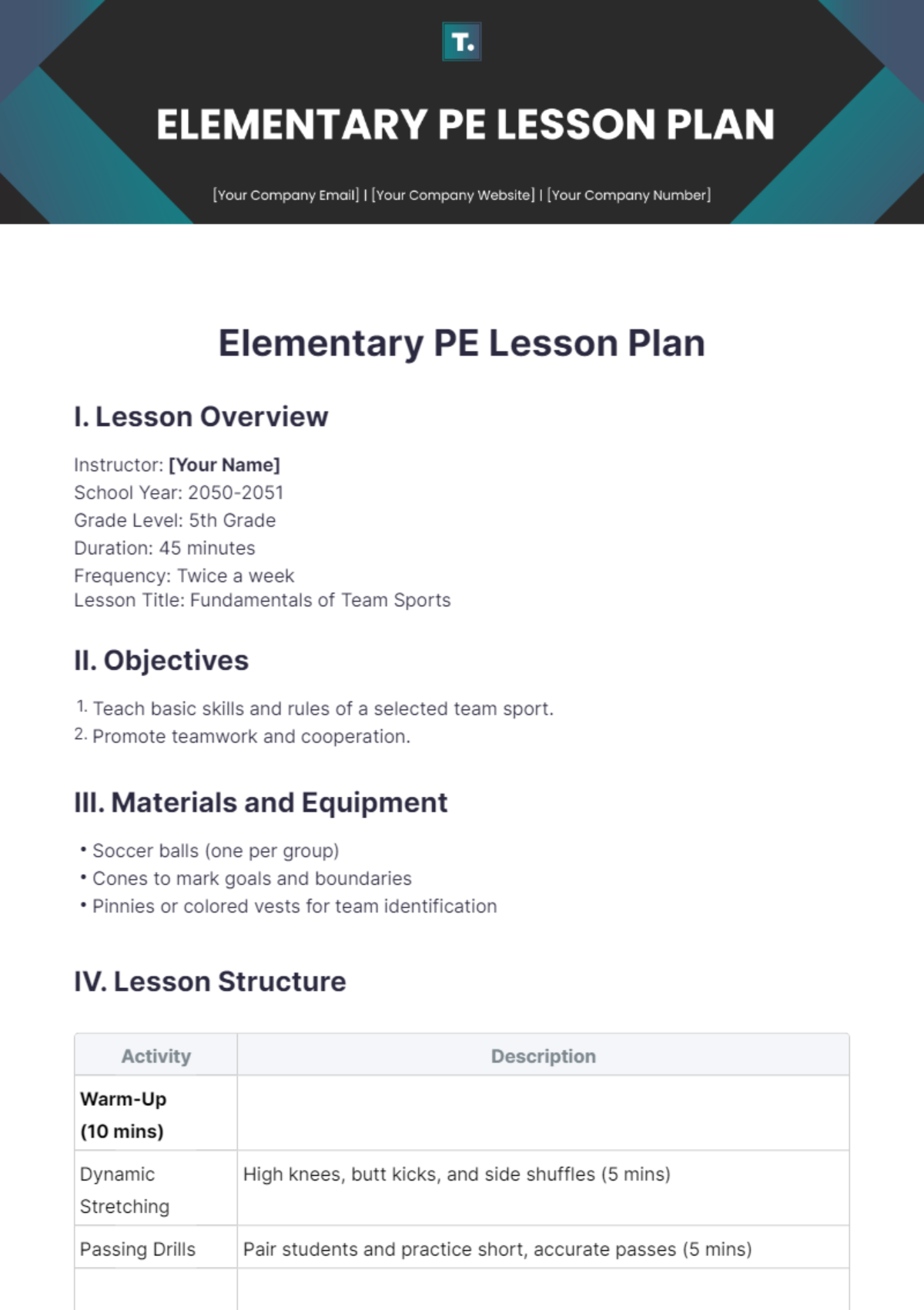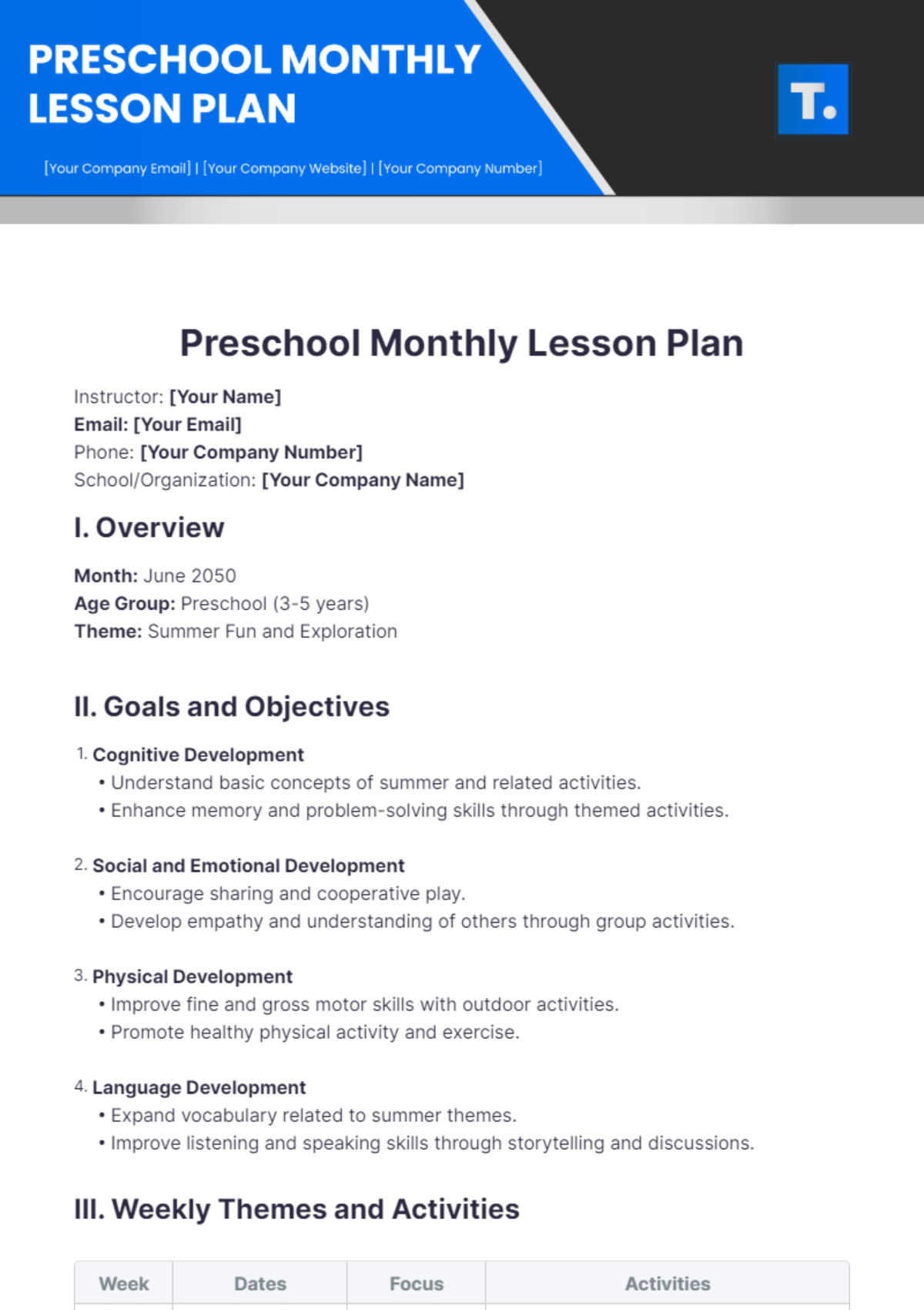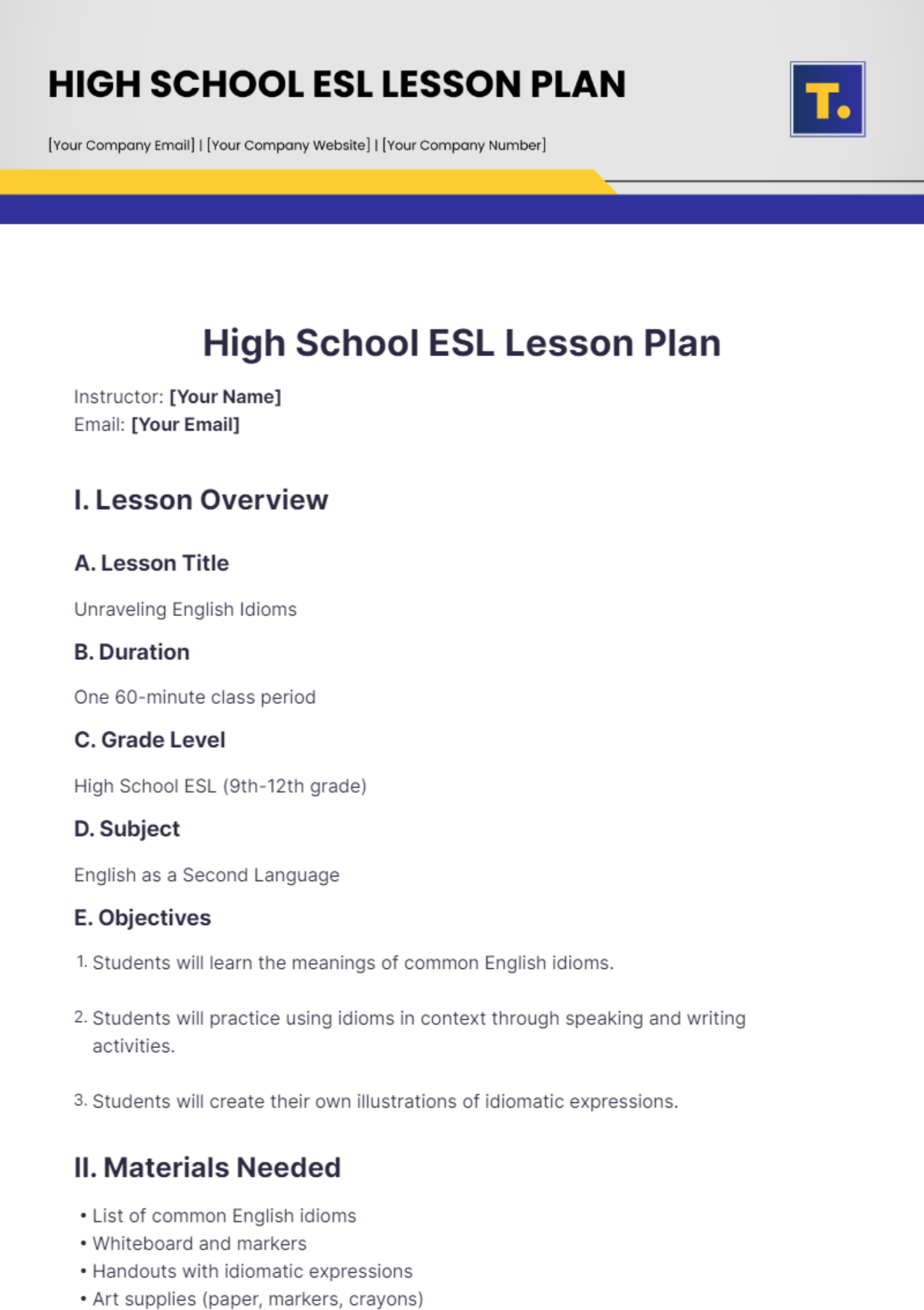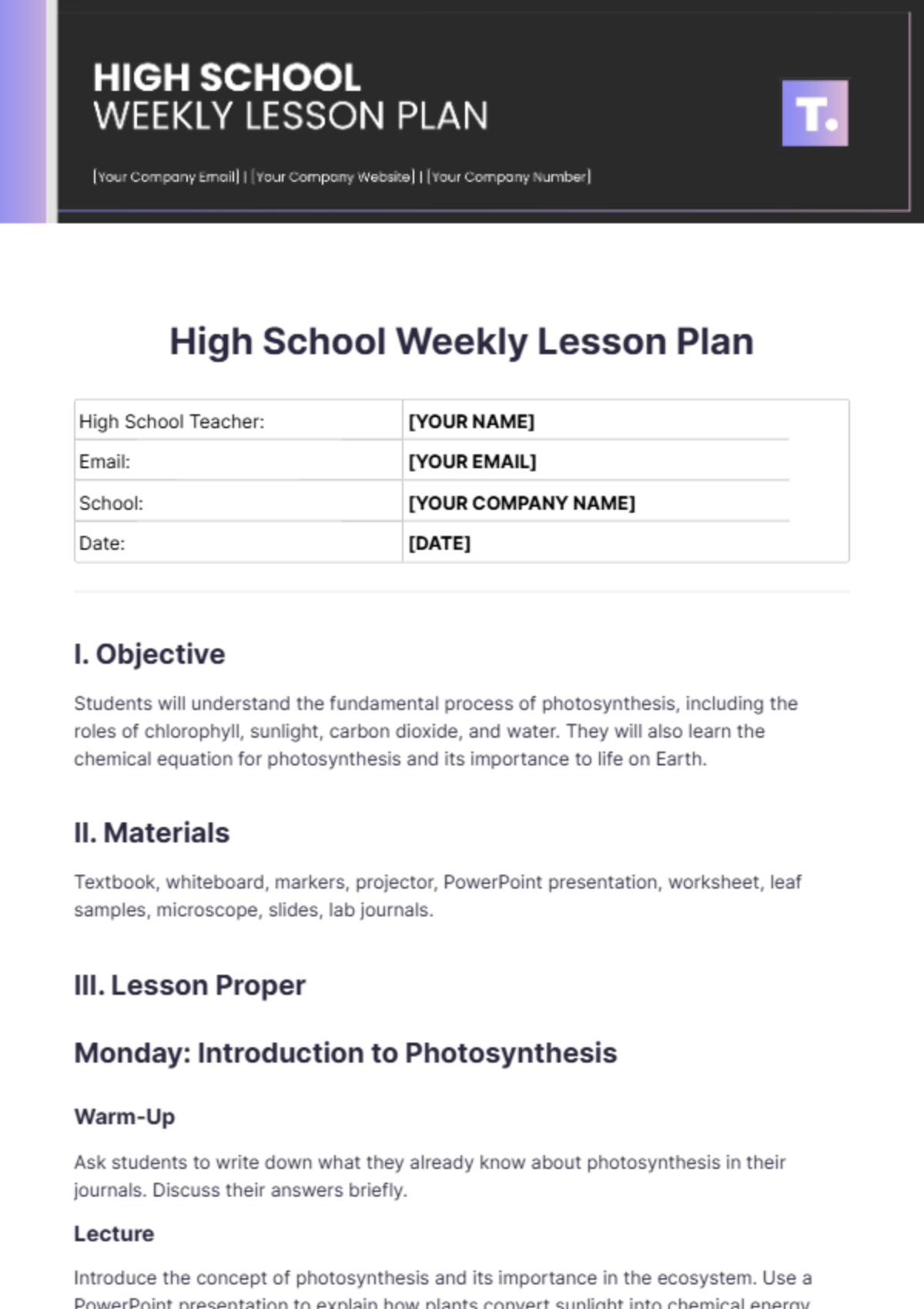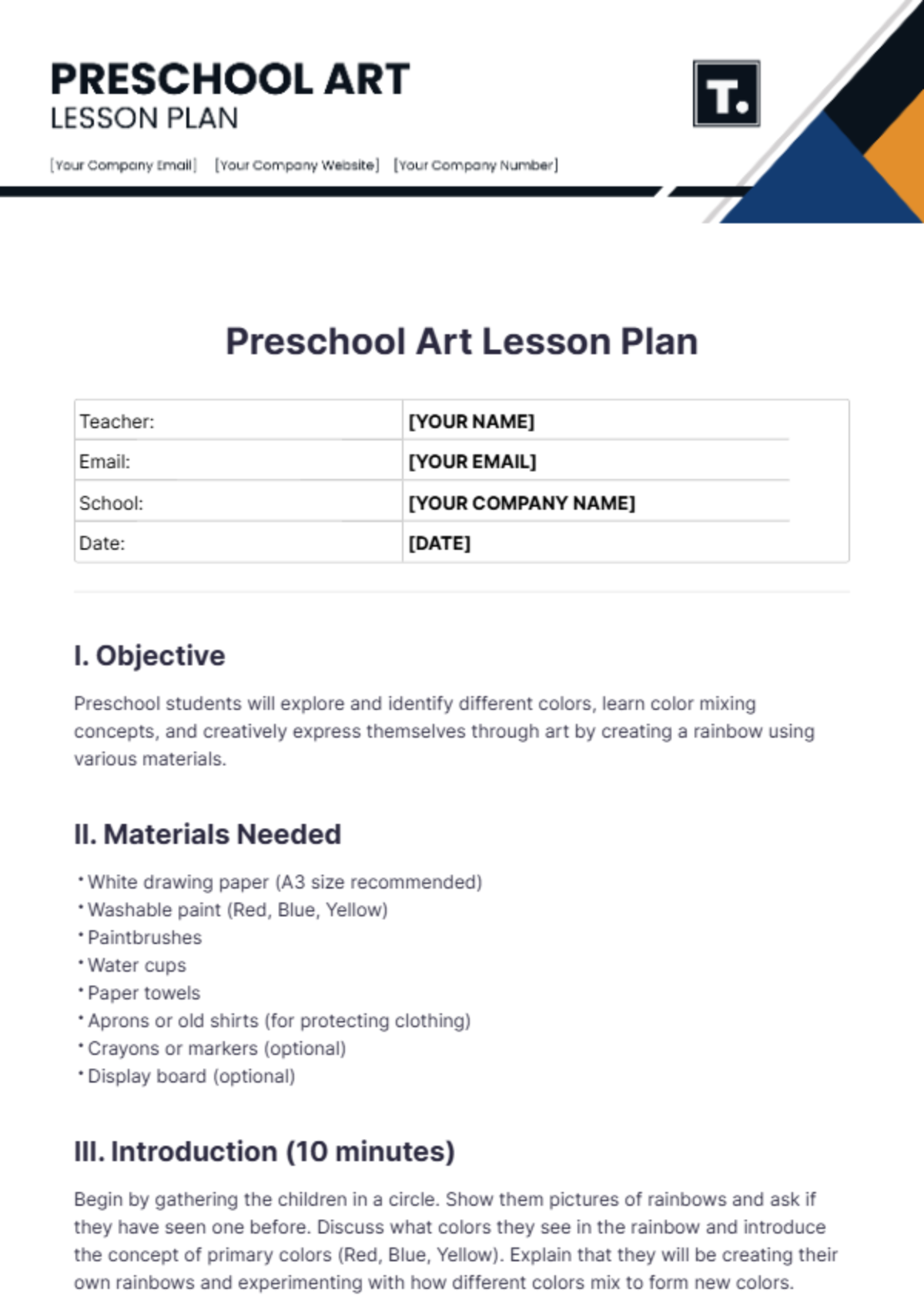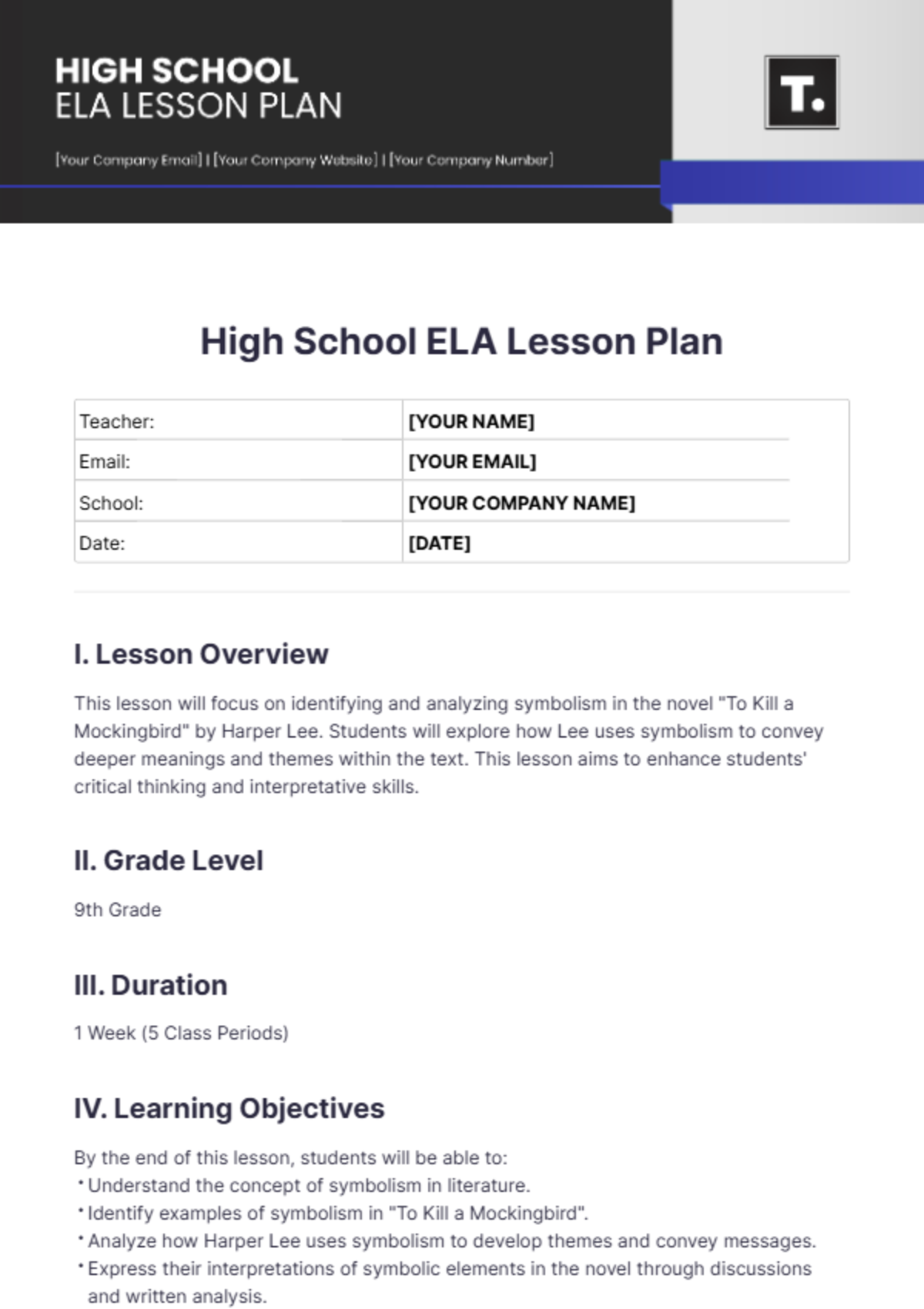Simple University Lesson Plan
Course Information
Course Title | Introduction to Economics |
|---|---|
Instructor | [Your Name] |
Class Location | Room 101, Economics Building |
Class Time | Monday & Wednesday, 10:00 - 11:30 AM |
Lesson Plan Overview
This lesson plan aims to facilitate an engaging and informative session on "Introduction to Supply and Demand." The focus will be on essential economic principles that govern market behavior, enhancing students' understanding through interactive discussions, real-life applications, and problem-solving activities. By the end of this lesson, students will appreciate the significance of supply and demand in shaping economic landscapes and influencing consumer and producer behavior.
Lesson Objectives
By the end of this lesson, students will be able to:
Define key economic terms: Supply, demand, equilibrium, surplus, and shortage, demonstrating comprehension through examples.
Illustrate the law of supply and demand using contemporary real-world examples, enhancing their ability to connect theory to practice.
Analyze market dynamics through graphical representations, interpreting graphs to explain shifts in supply and demand.
Facilitate discussions on various factors affecting supply and demand, encouraging critical thinking about external influences, such as government policies and global events.
Materials Needed
Whiteboard and markers for interactive discussions
Textbook: Principles of Economics by N. Gregory Mankiw for reference and deeper reading
Projector and presentation slides to visually present concepts
Handouts: Supply and Demand Worksheet to reinforce learning objectives and assess understanding
Supplementary materials: Access to online resources, including articles and videos, to provide diverse perspectives on supply and demand concepts
Lesson Activities
A. Introduction (10 minutes)
Engagement Hook: Start with a thought-provoking question, such as, “What determines the price of your favorite product?” to spark curiosity.
Overview: Briefly introduce the concepts of supply and demand. Discuss their relevance to current economic events, such as fluctuations in gas prices or the impact of global supply chain issues, to illustrate real-world applications.
B. Lecture and Discussion (30 minutes)
Explain the Law of Demand: Define the law of demand and explore factors that influence it, including consumer preferences, income levels, and substitute goods. Use examples like seasonal sales to illustrate the concept.
Discuss the Law of Supply: Provide a clear definition and examine the factors affecting supply, including production costs, technological advancements, and seller expectations. Discuss real-world examples, such as how a rise in raw material costs can lead to a decrease in supply.
Graphical Representation: Present a detailed graph illustrating the supply and demand curves, emphasizing equilibrium price and quantity. Explain how shifts in the curves affect market outcomes, using a hypothetical scenario to illustrate the concept.
C. Interactive Activity (20 minutes)
Group Scenario Activity: Divide students into small groups and present them with different economic scenarios that require them to analyze potential shifts in supply and demand. Encourage them to consider factors such as consumer trends, technological innovations, and government regulations. Each group will present their analysis to the class to foster collaborative learning.
D. Conclusion and Q&A (10 minutes)
Recap: Summarize key points covered in the lesson, reinforcing definitions, graphs, and real-world applications.
Open Discussion: Encourage students to ask questions and share their thoughts on how supply and demand affect their daily lives. This discussion will allow students to express their understanding and make connections to the material.
Assessment
Worksheet Activity: Students will complete a worksheet that includes case studies related to supply and demand scenarios. This activity will assess their understanding and ability to apply concepts learned in class.
Feedback Session: Review the completed worksheets in the next class session, providing constructive feedback and addressing any misunderstandings.
Additional Resources
Khan Academy: Microeconomics (offers free online lessons and exercises)
Investopedia: Supply and Demand (provides in-depth articles and explanations)
Online Forums: Encourage students to explore economic forums and discussion boards for broader perspectives and real-time economic discussions.

